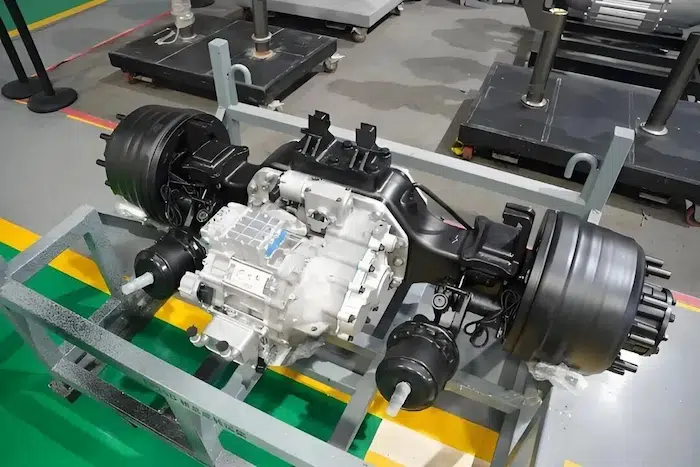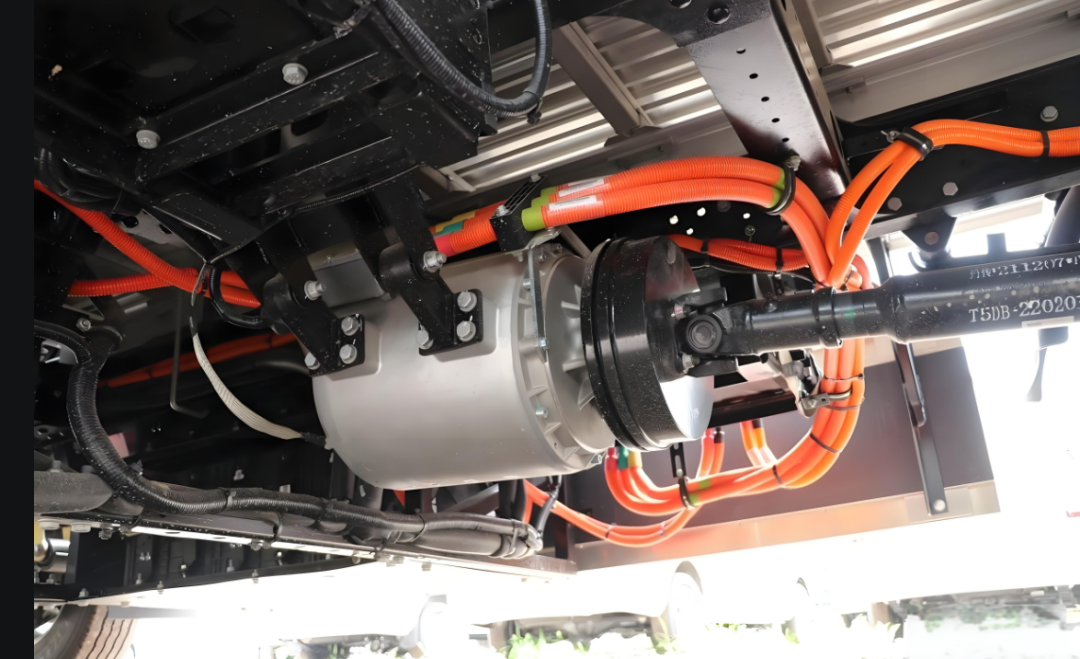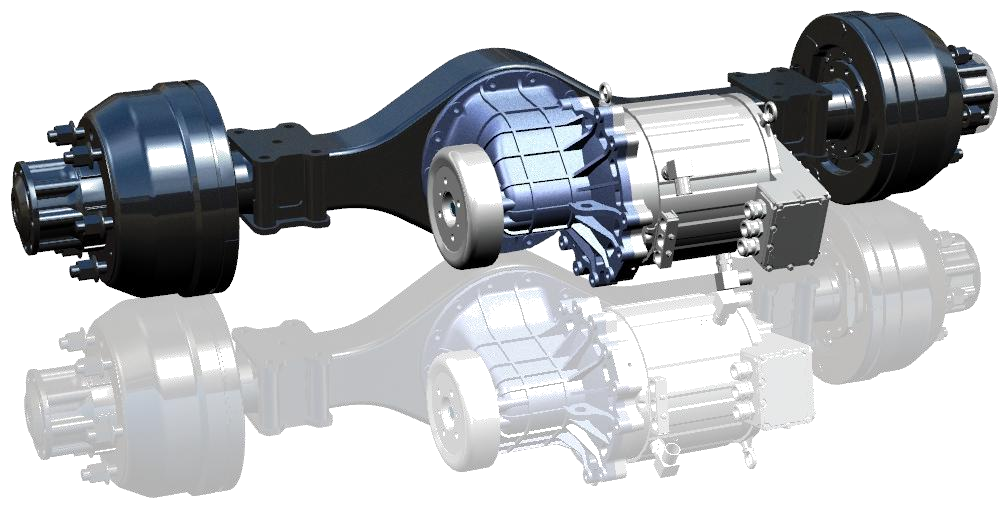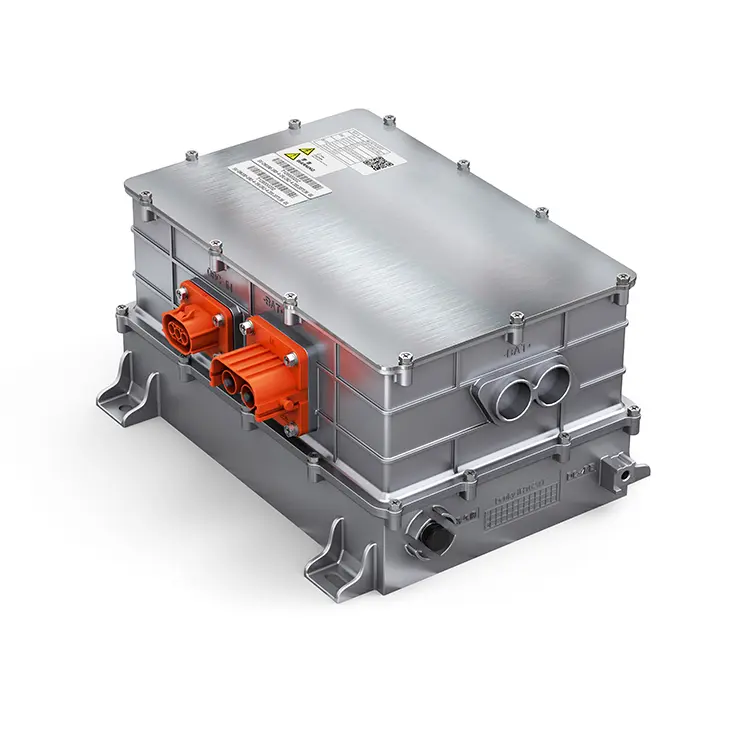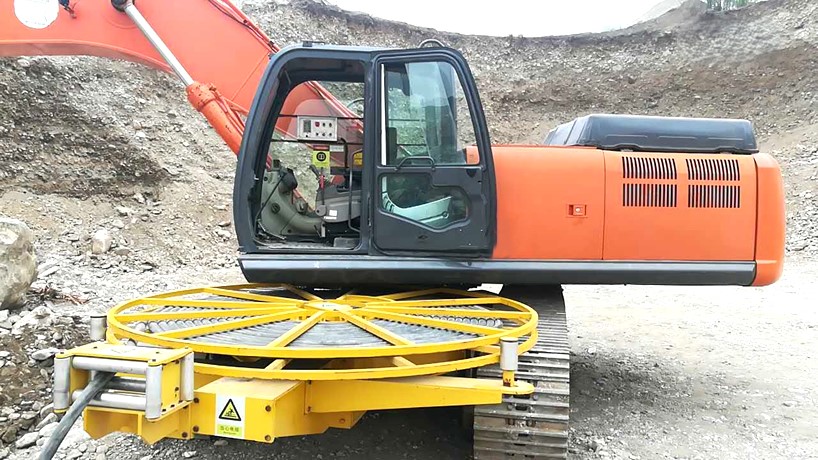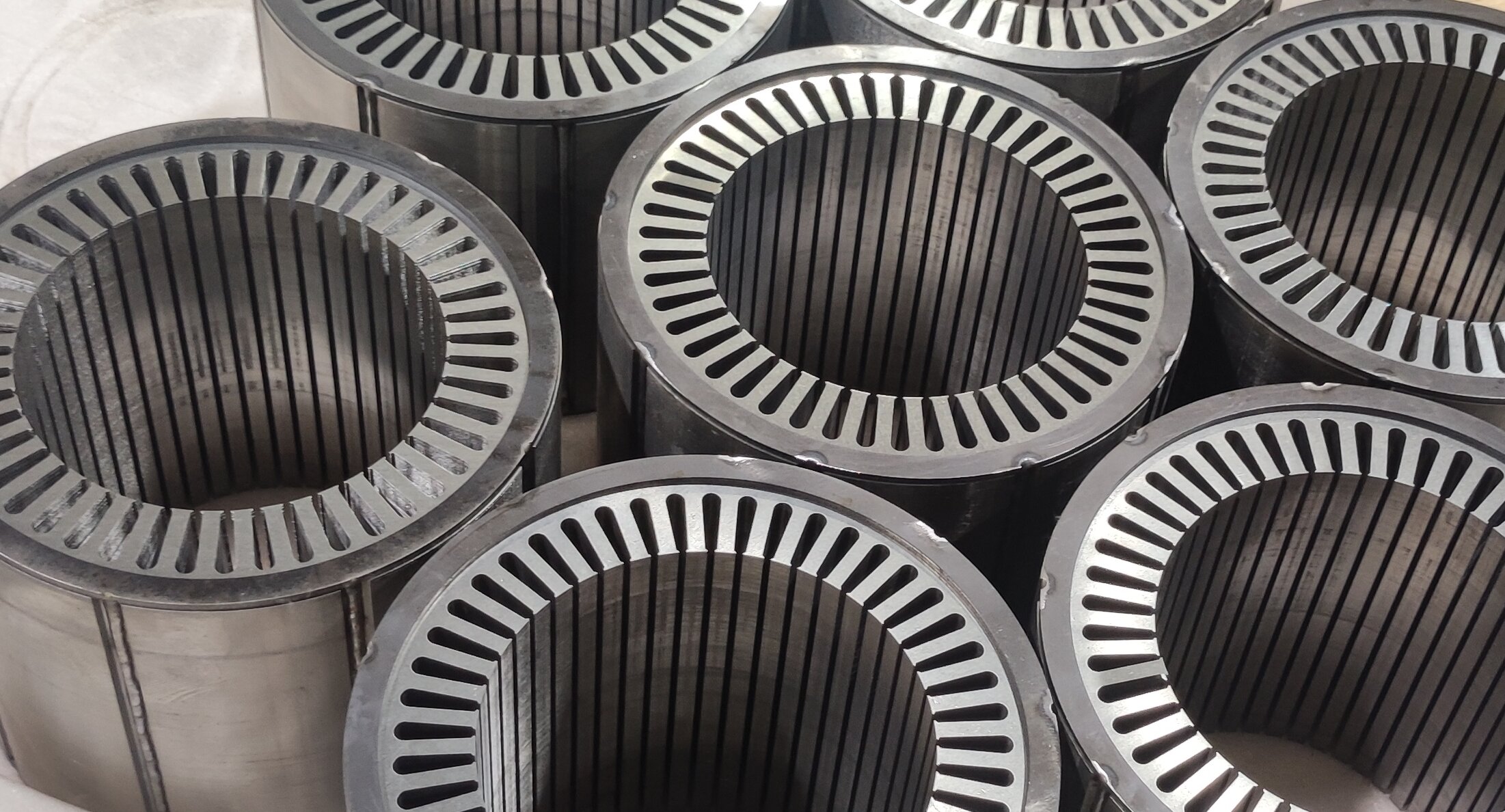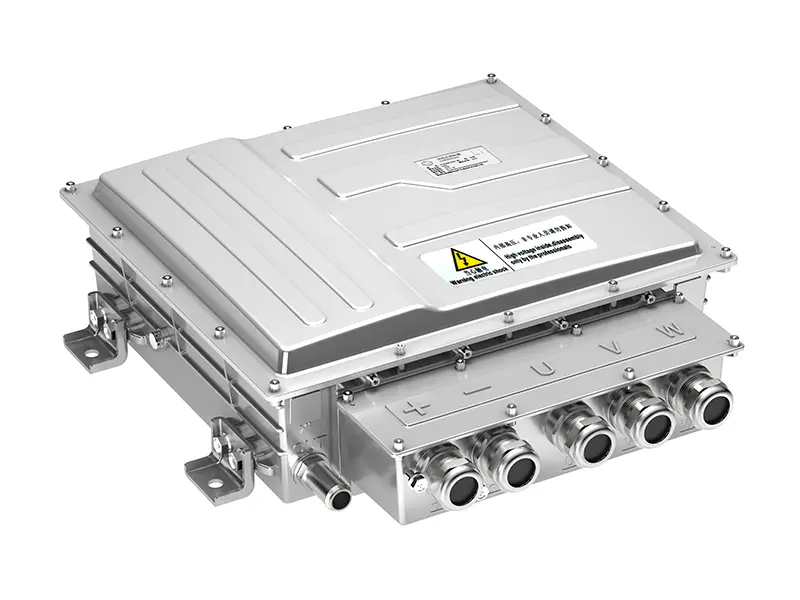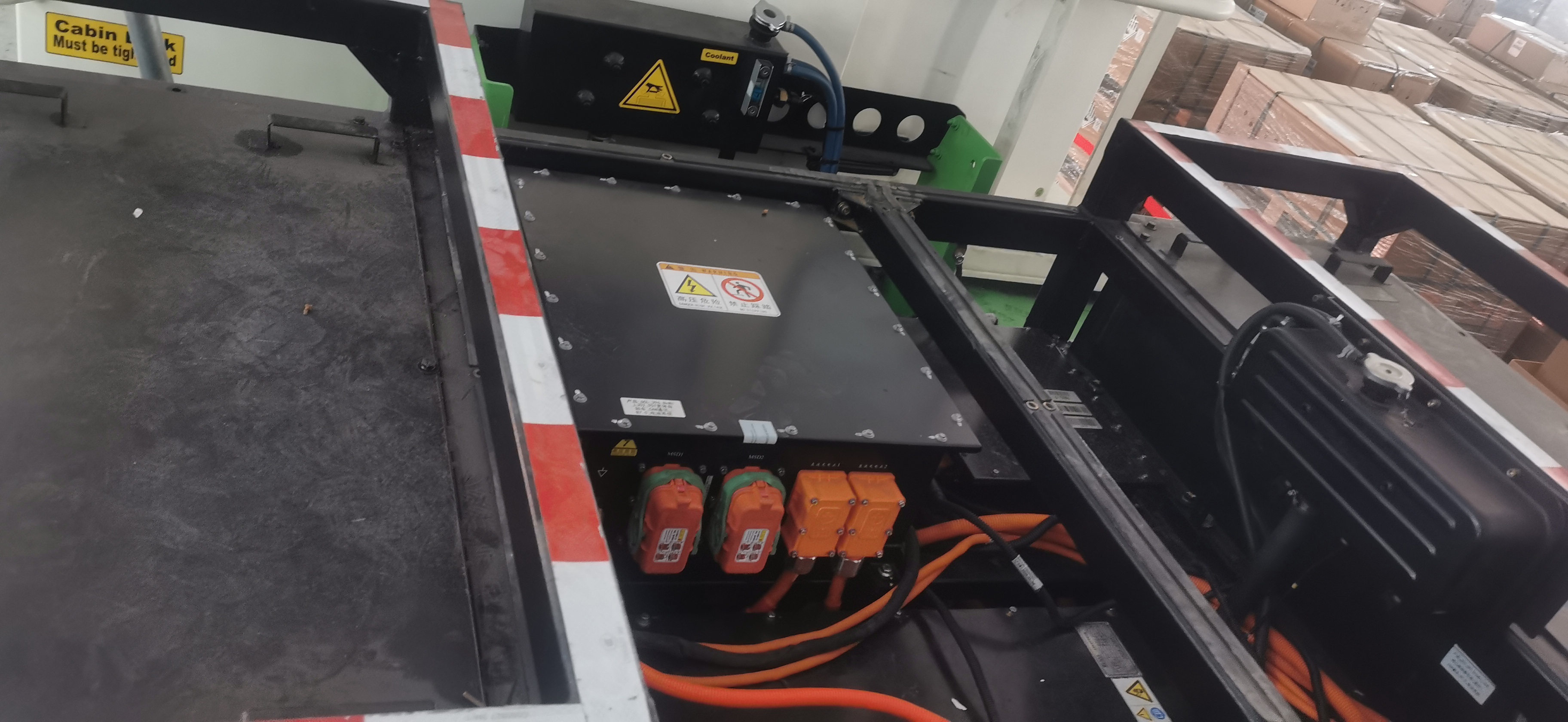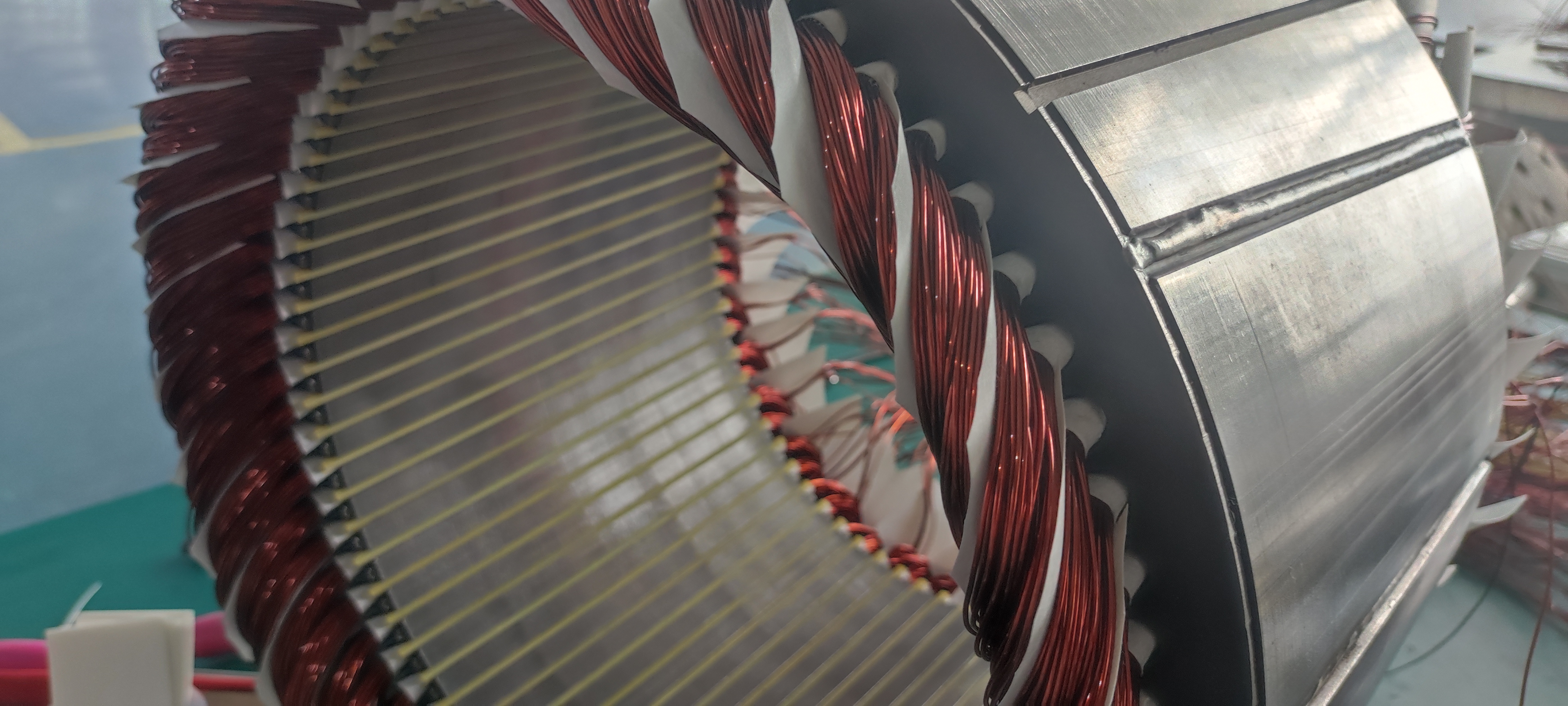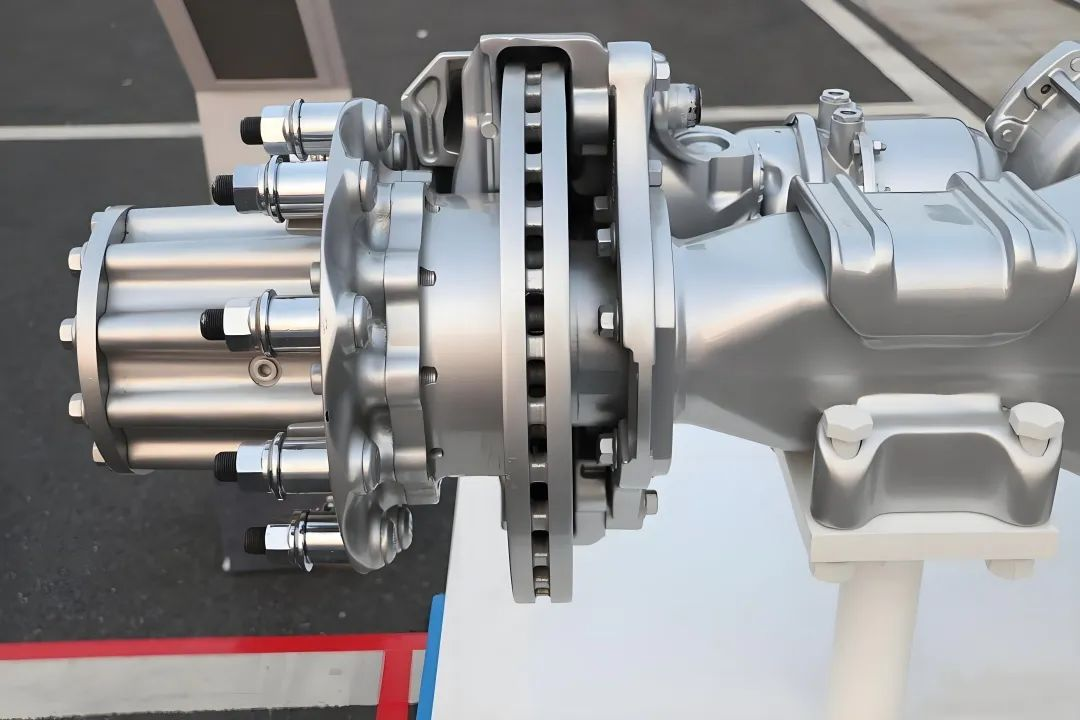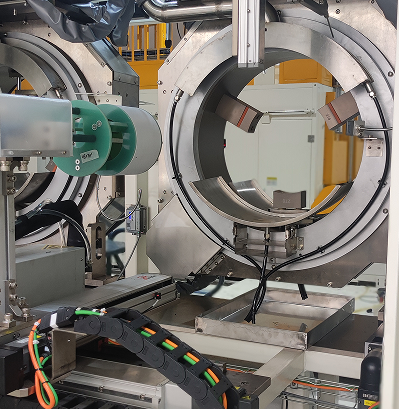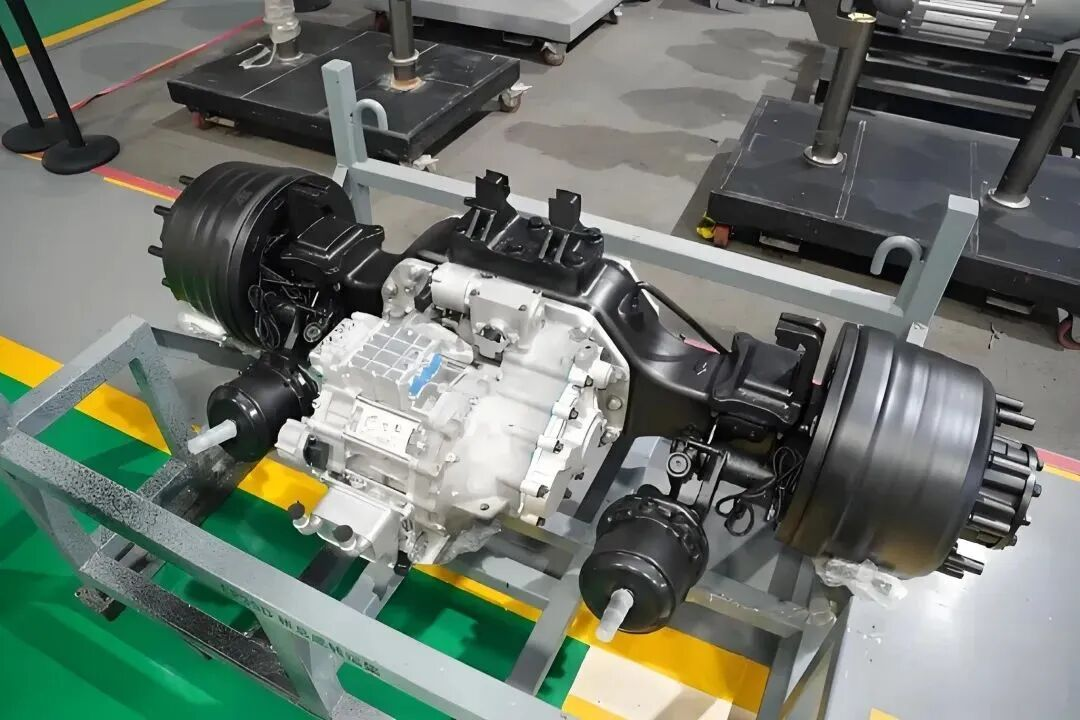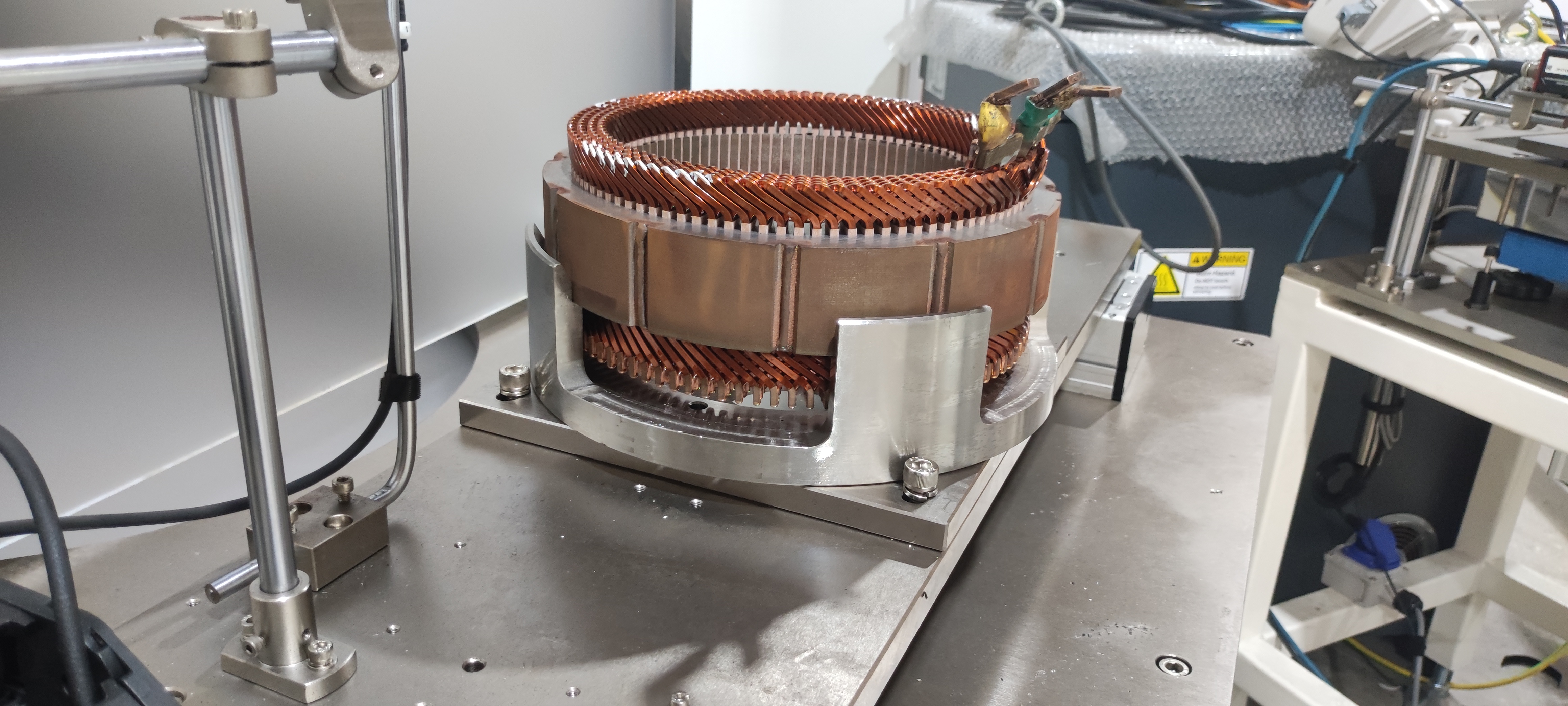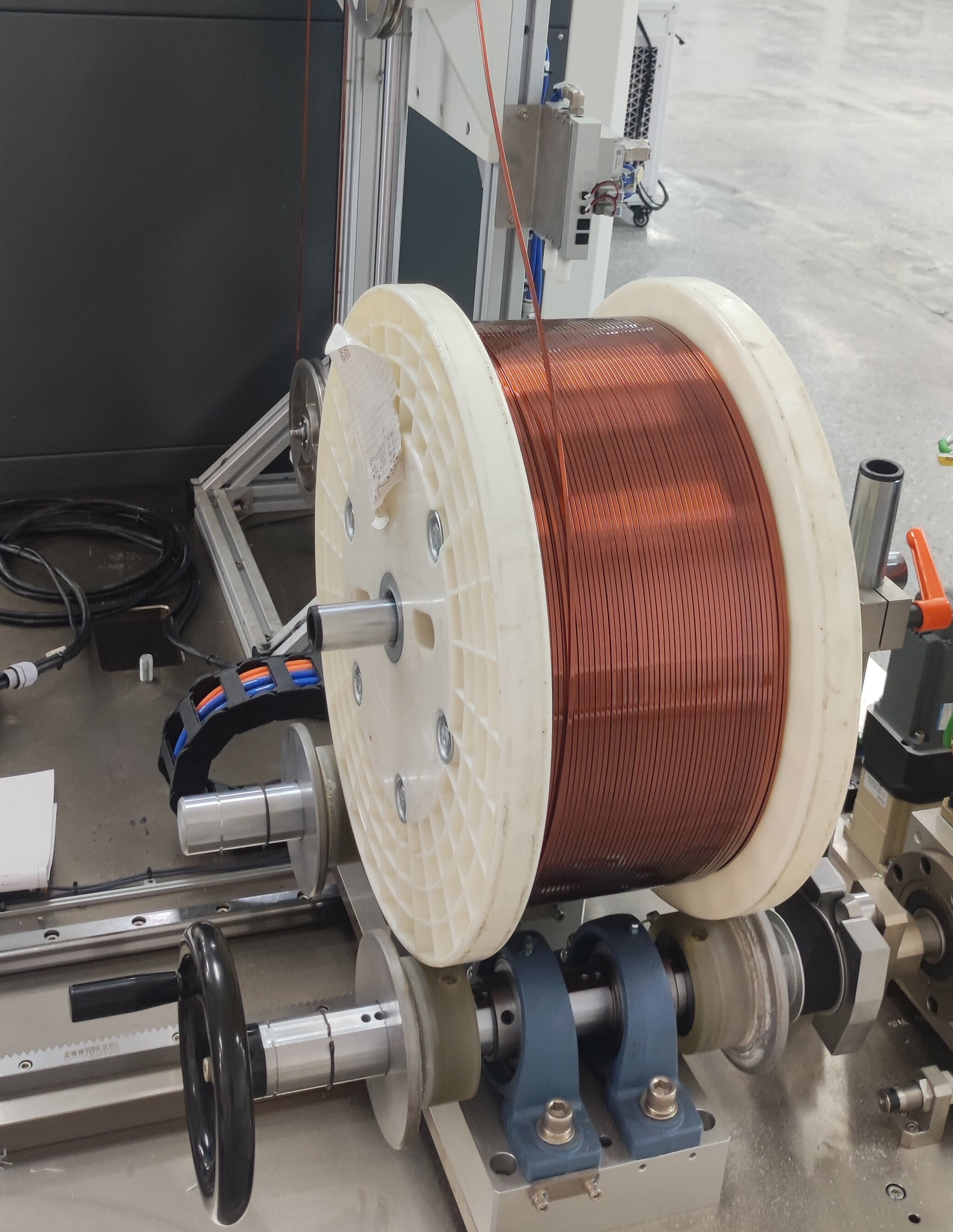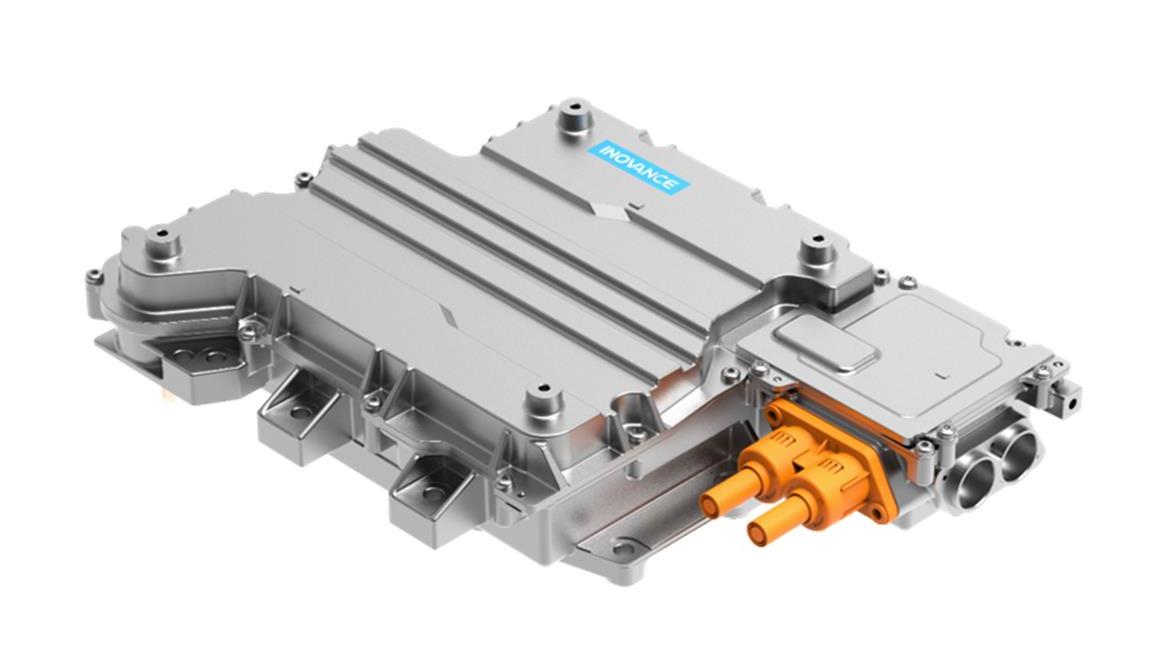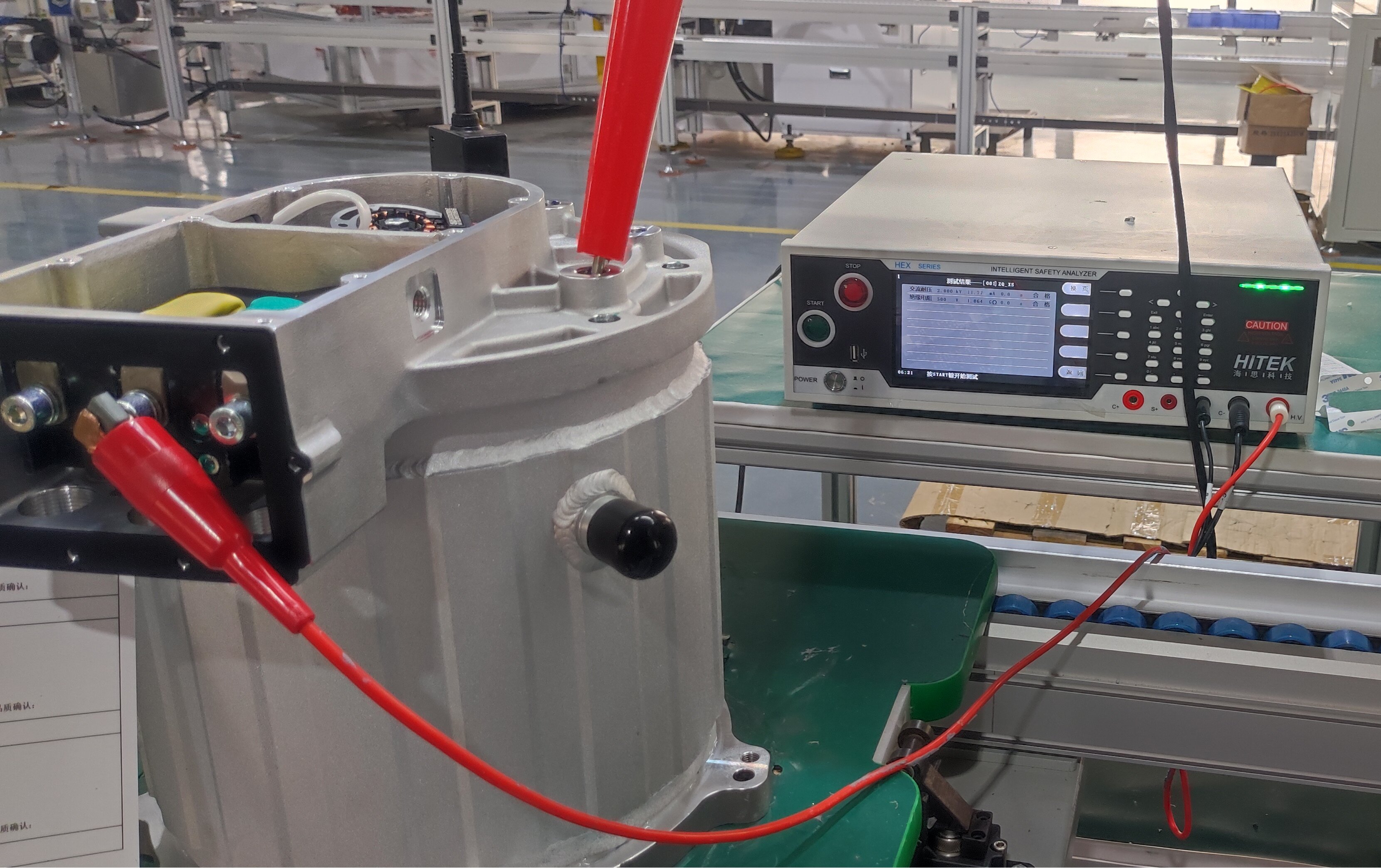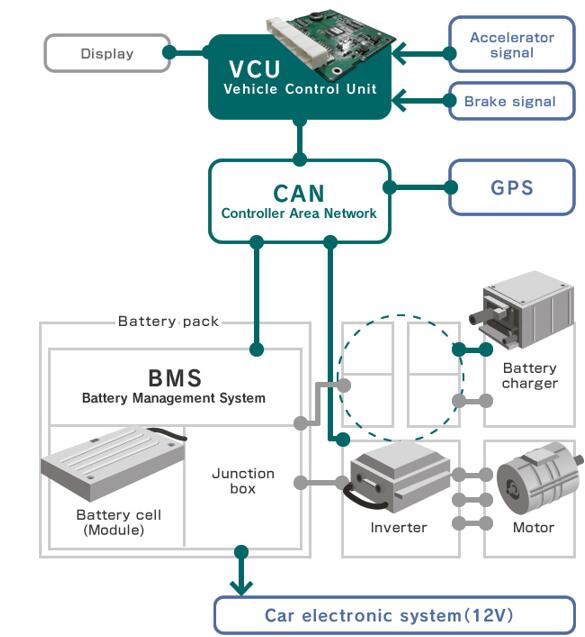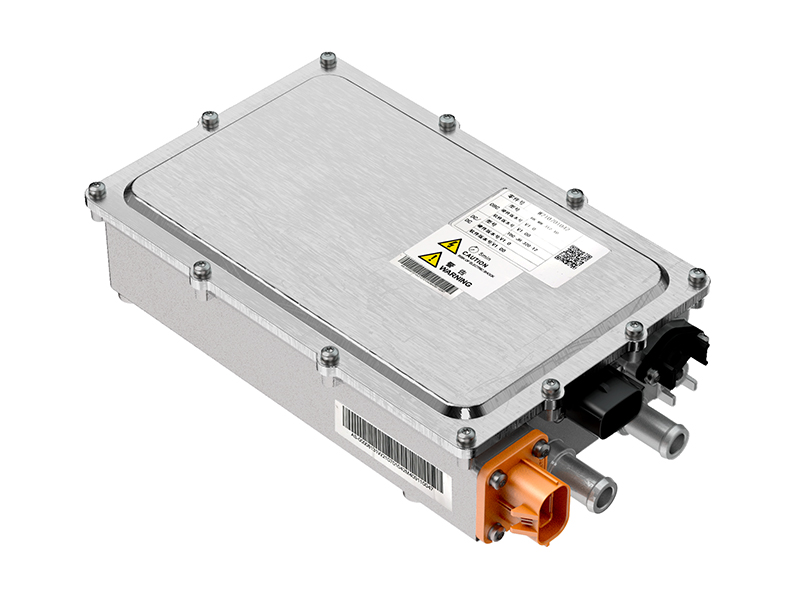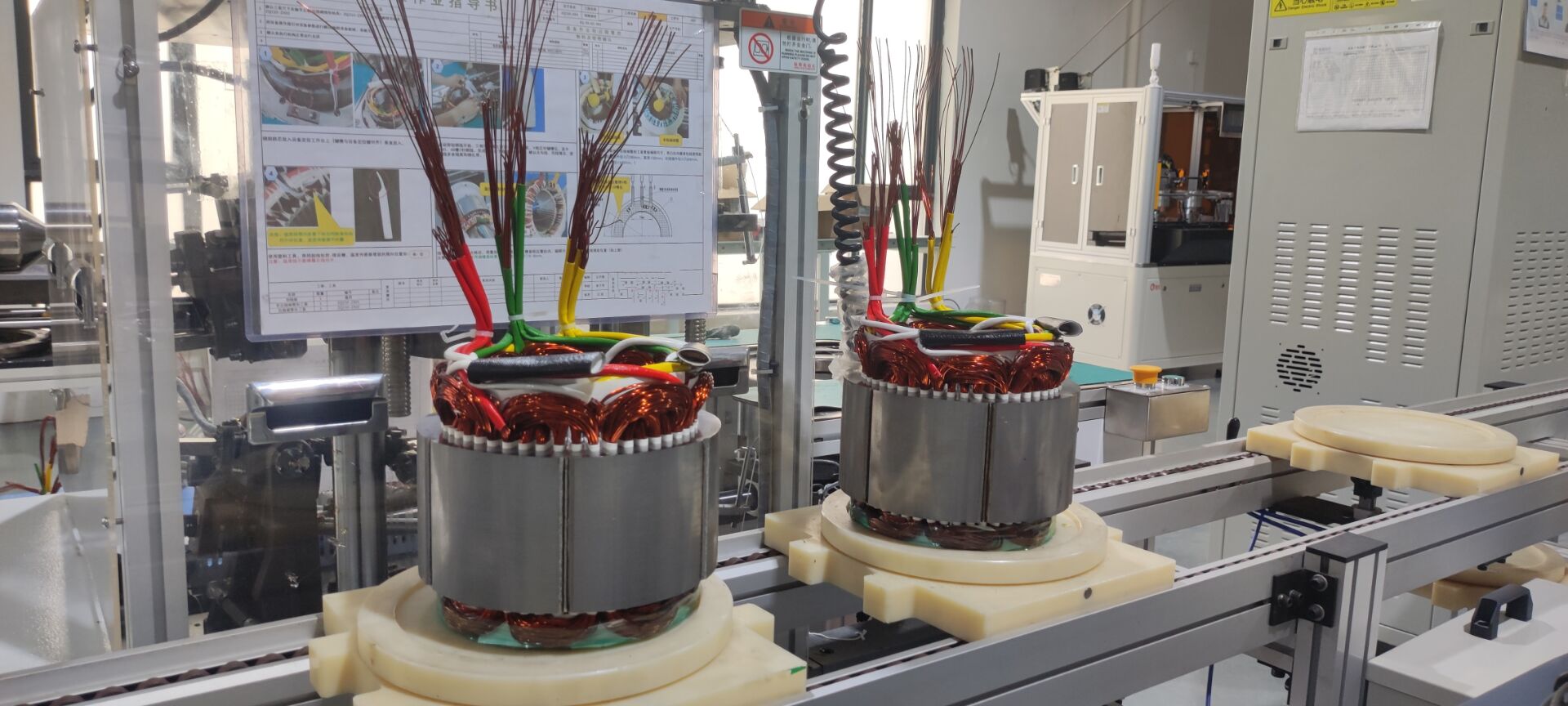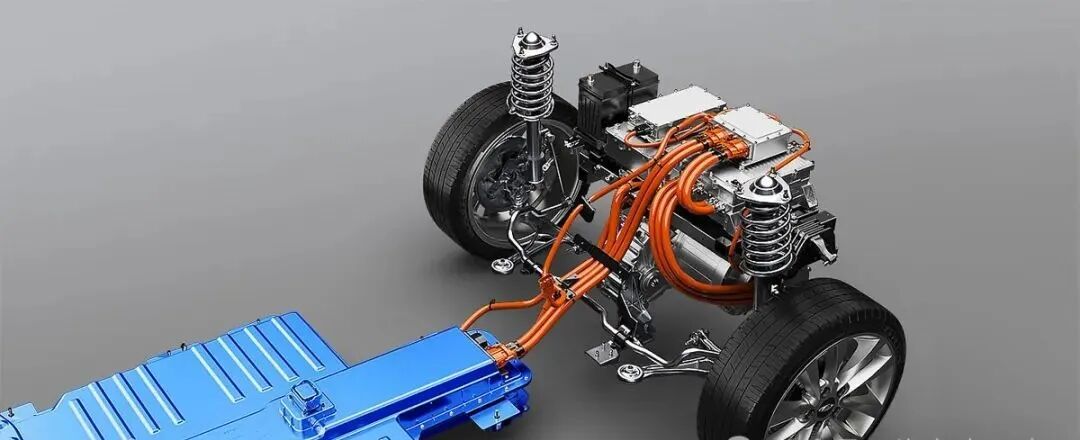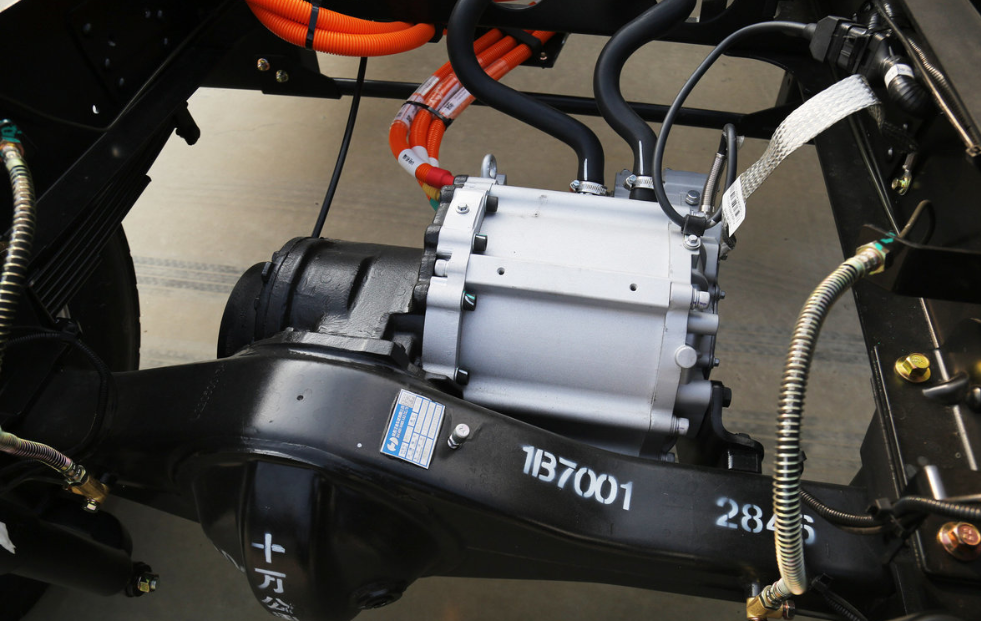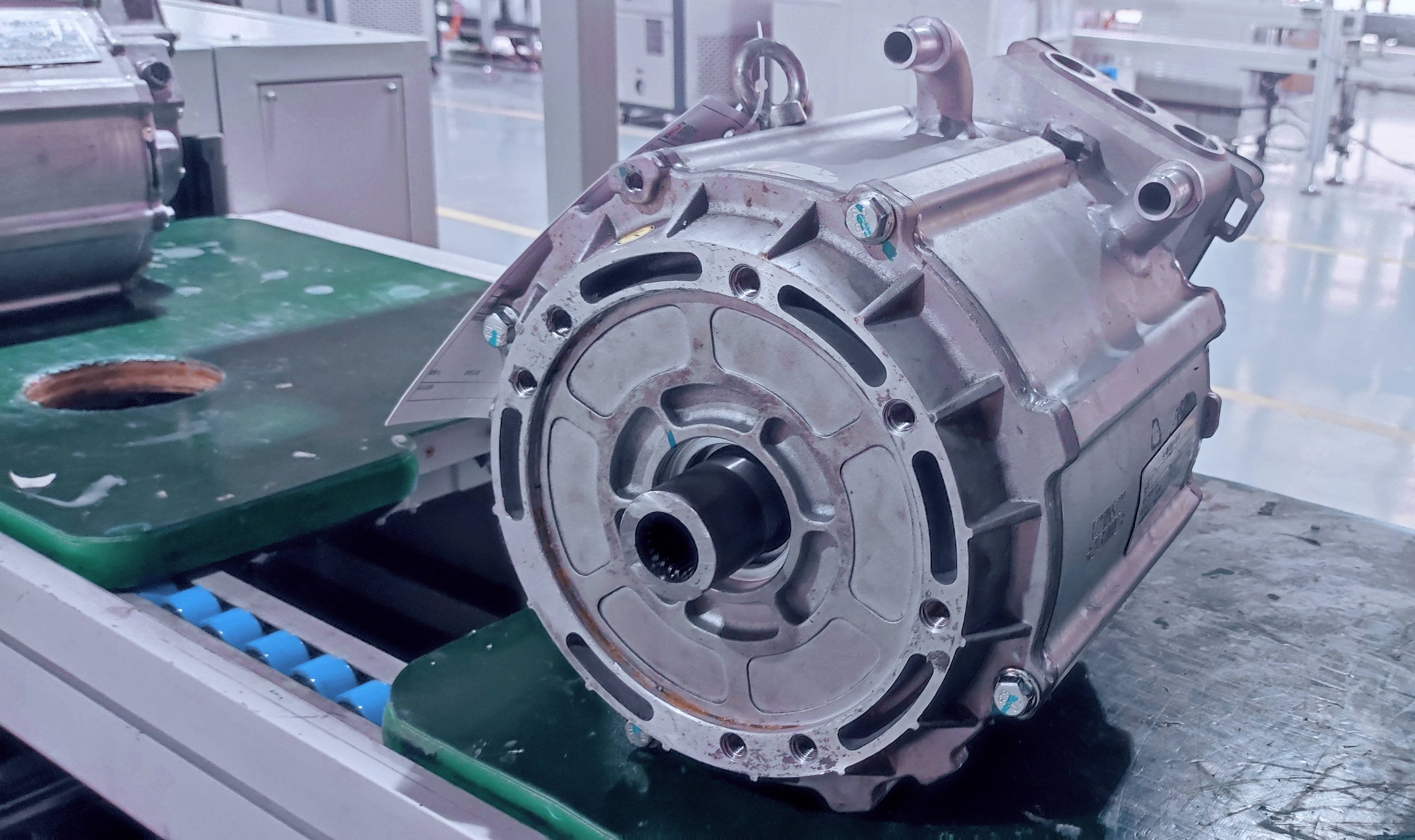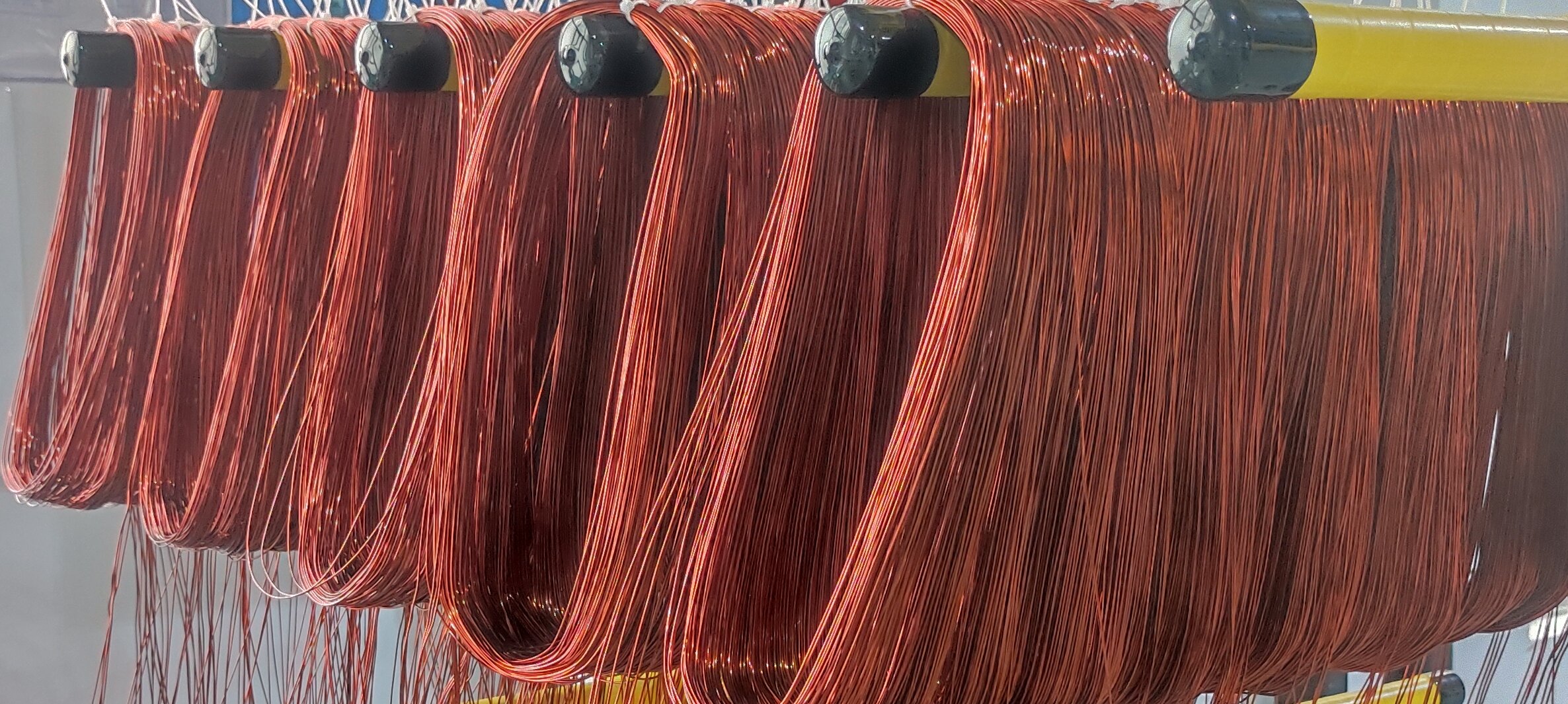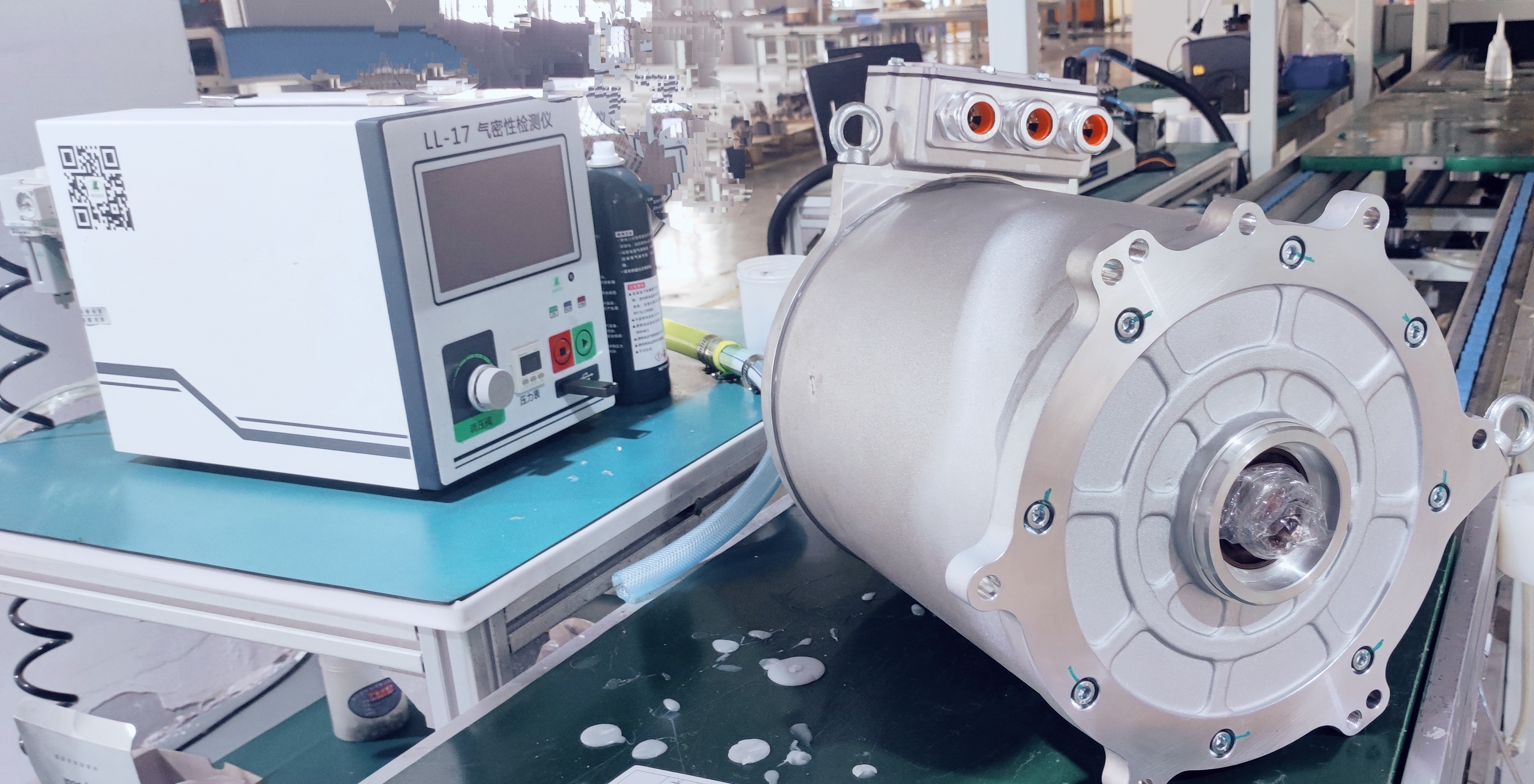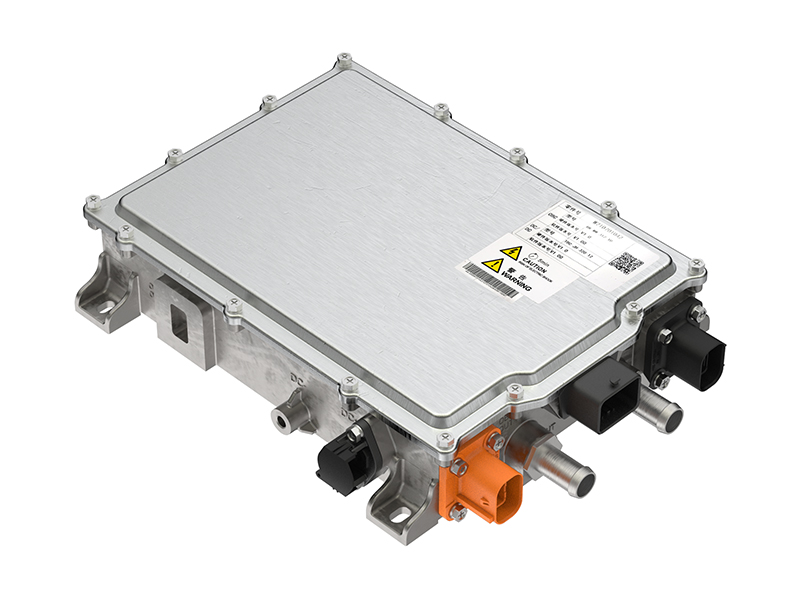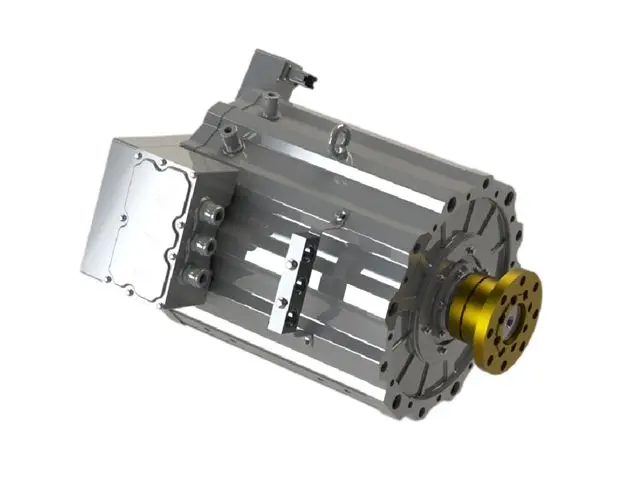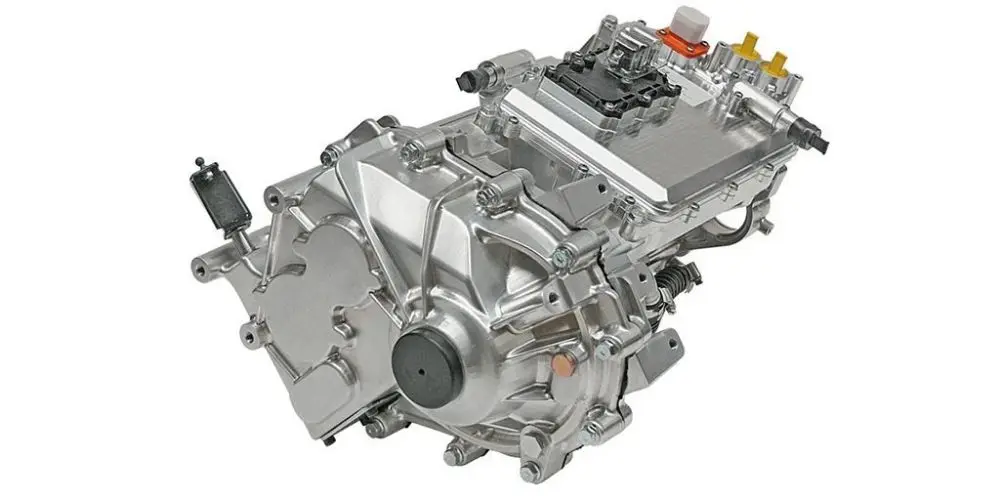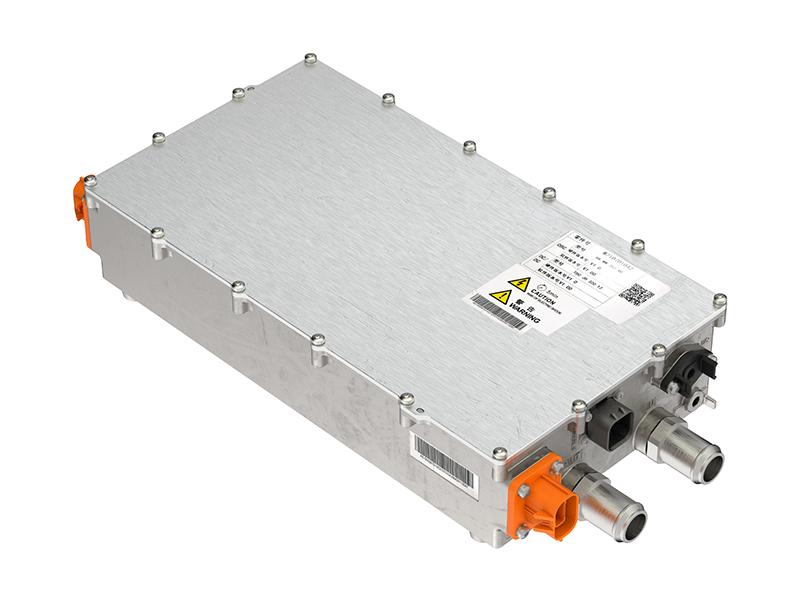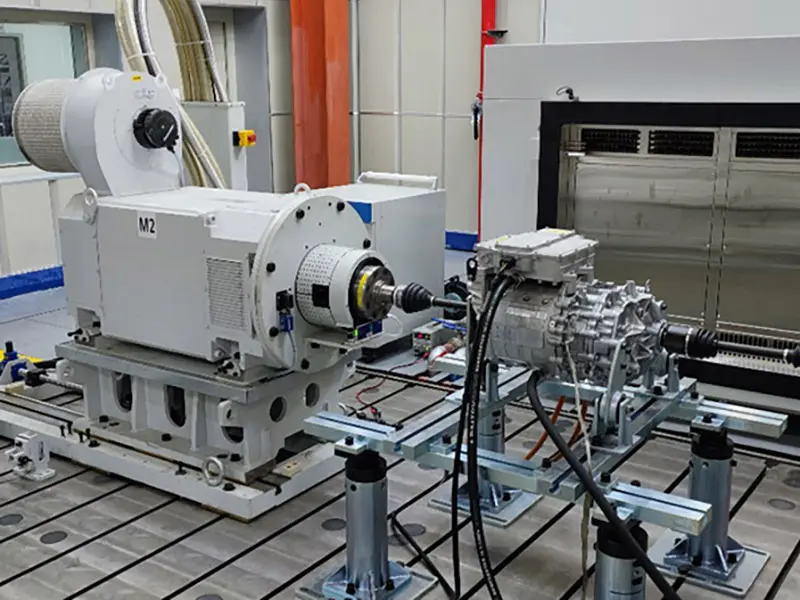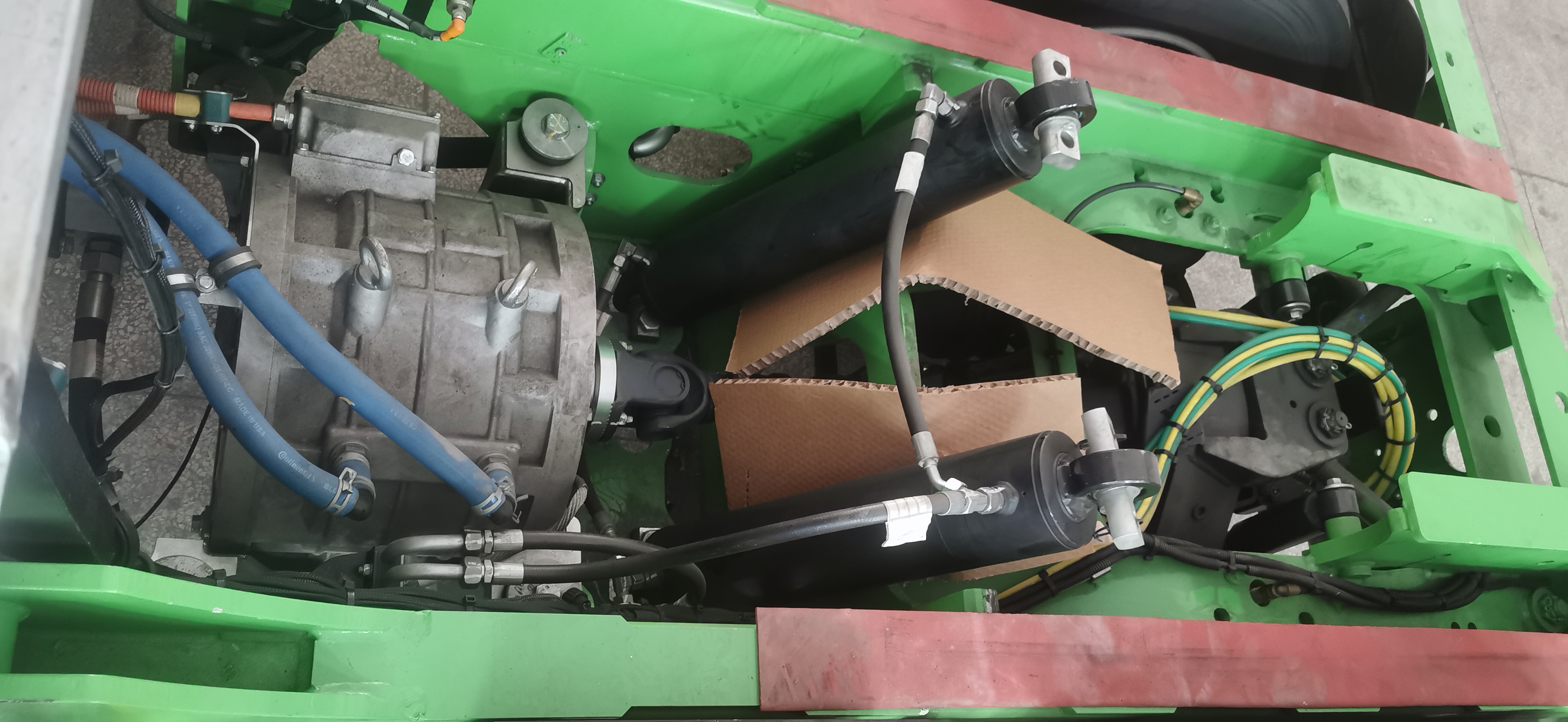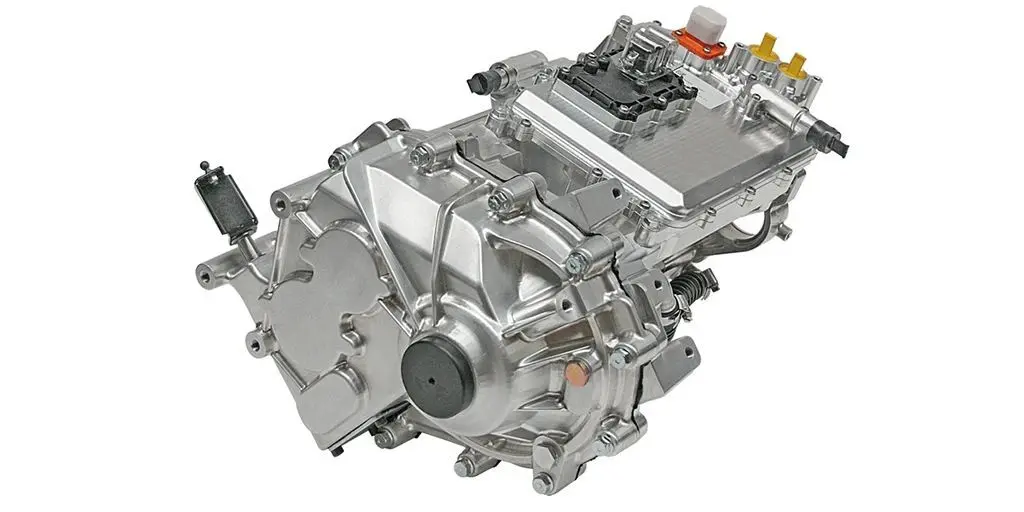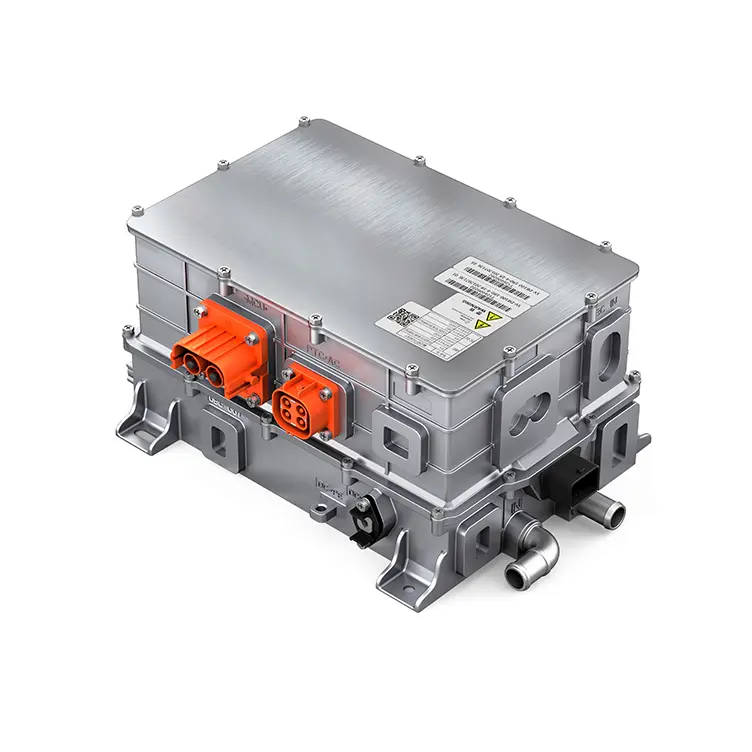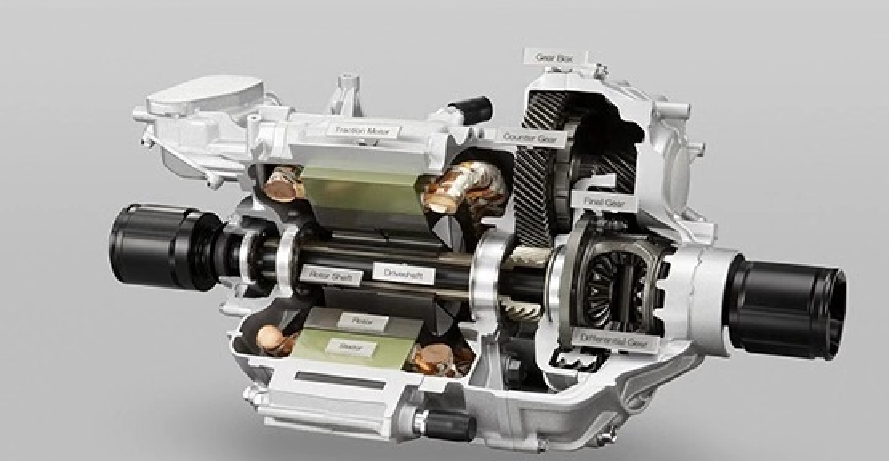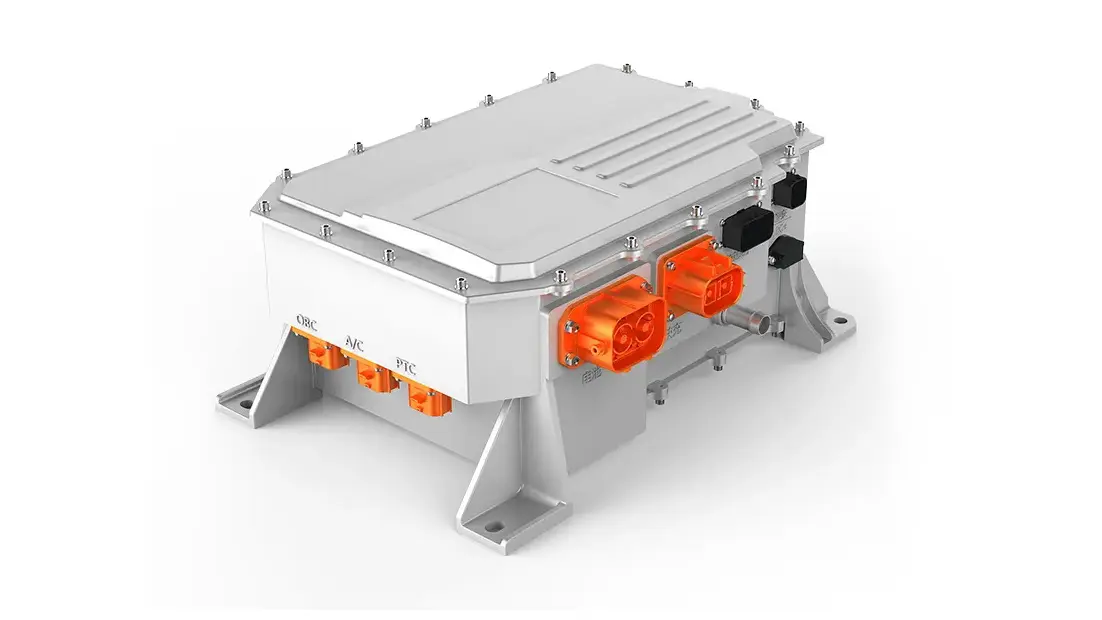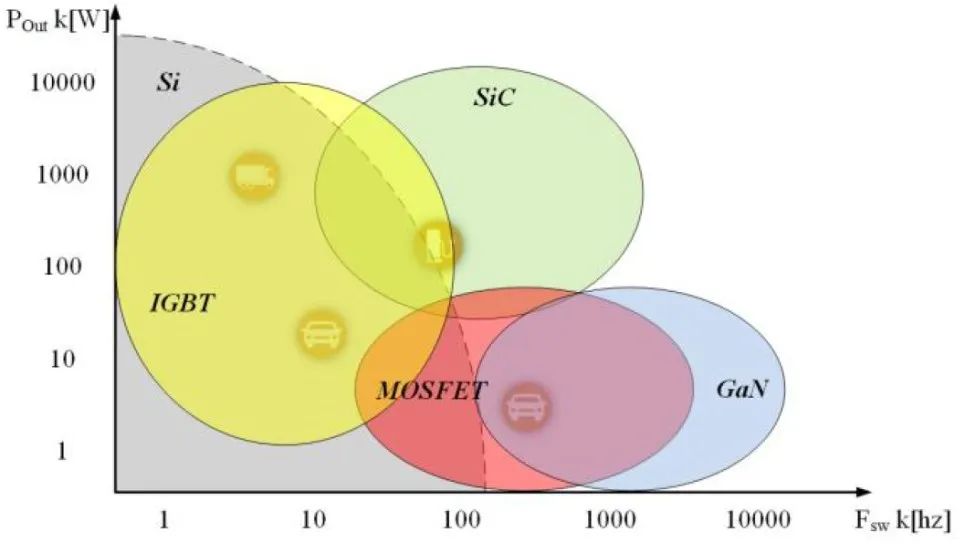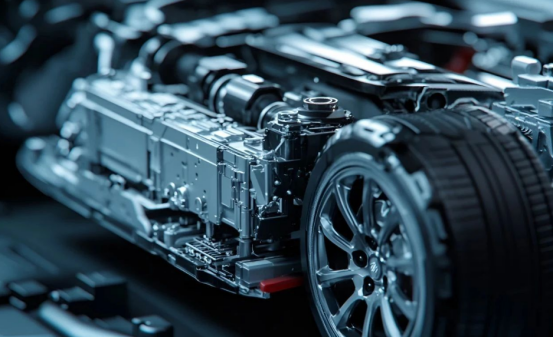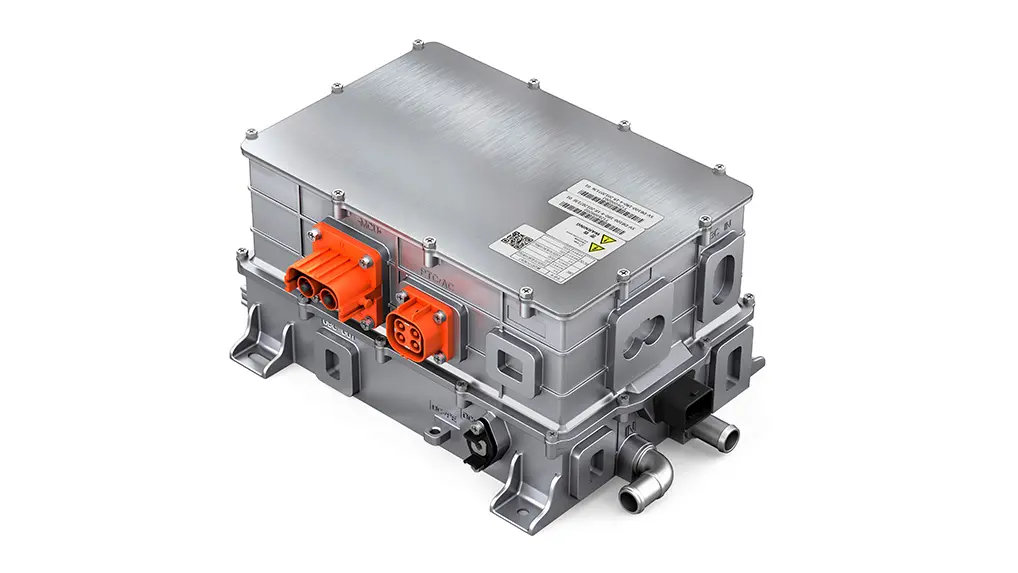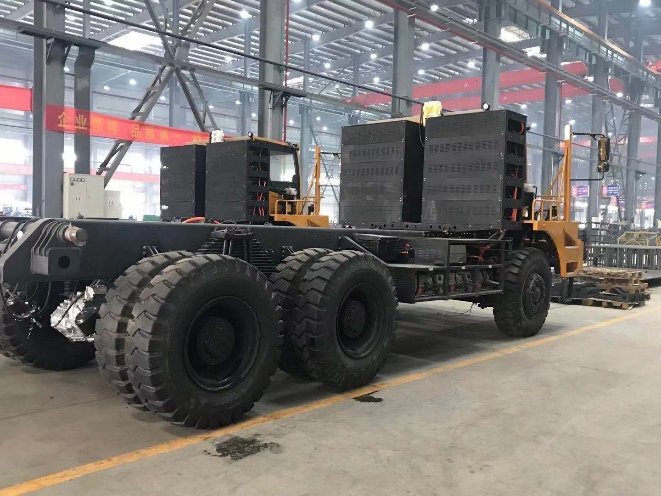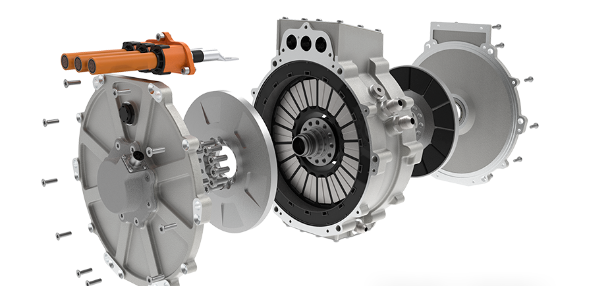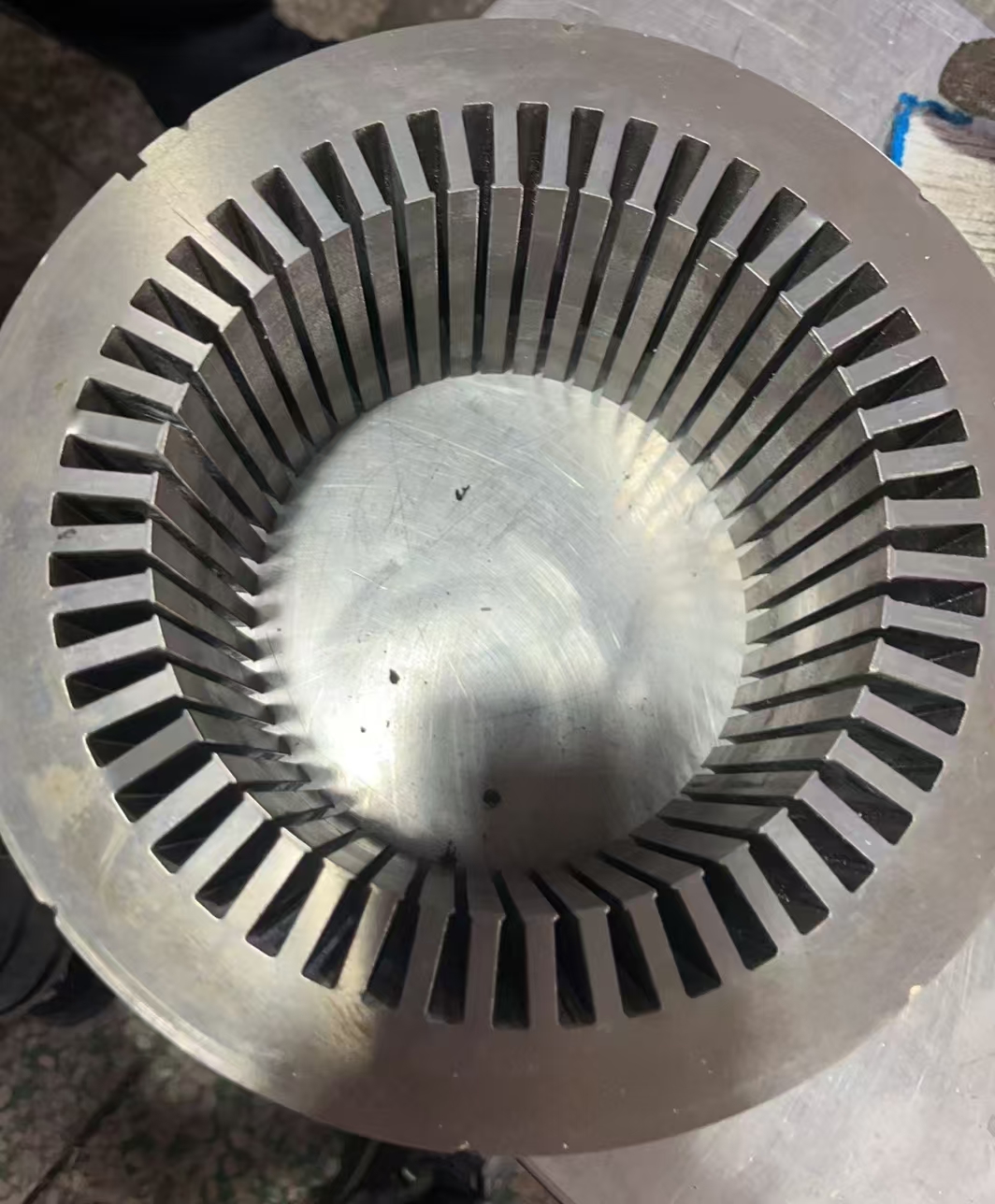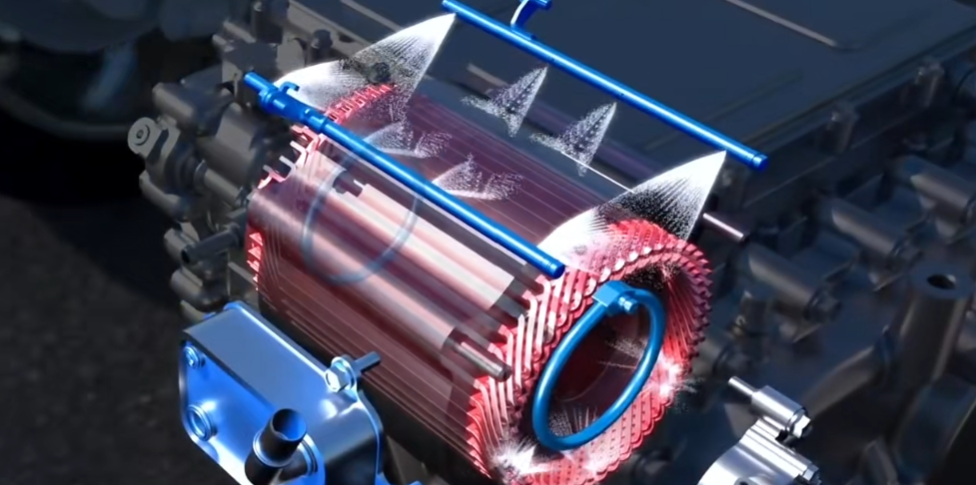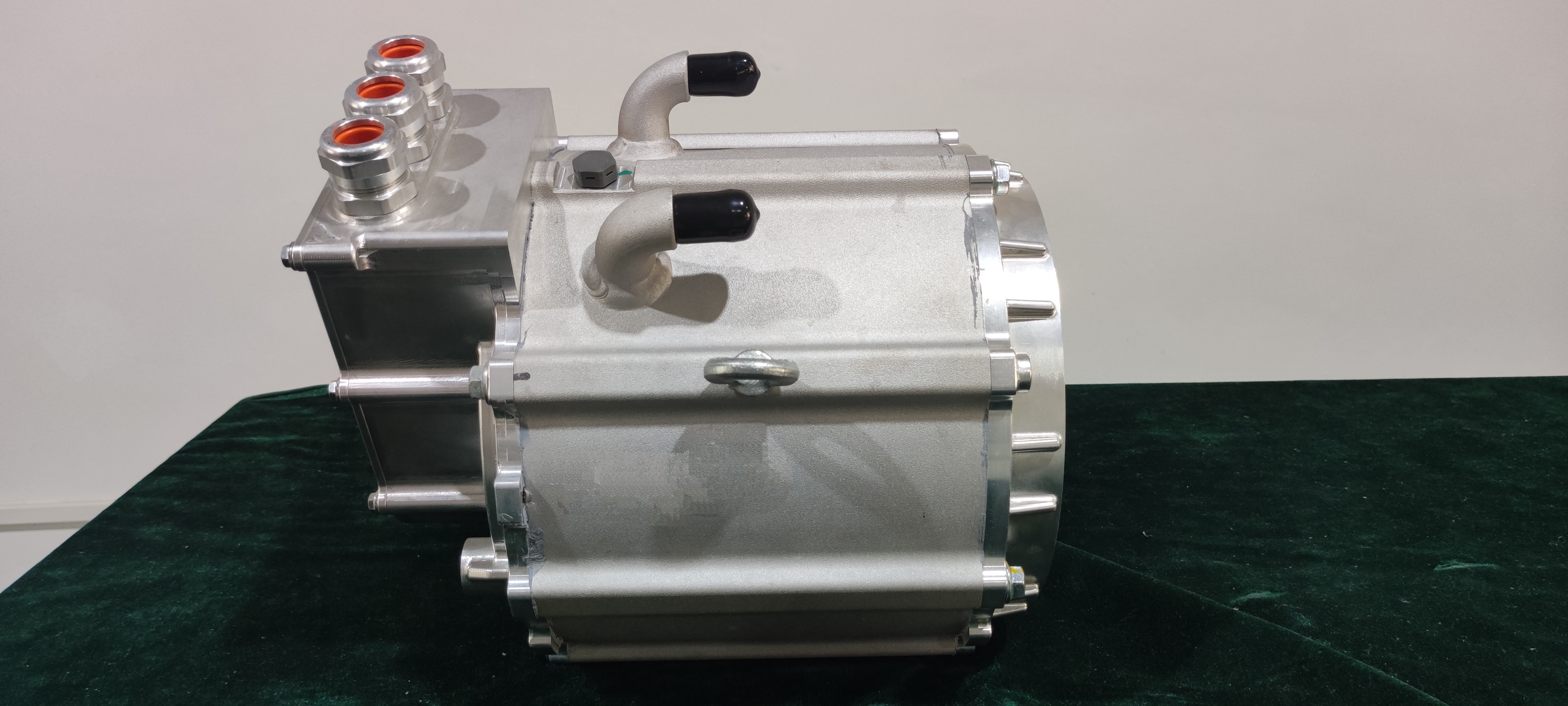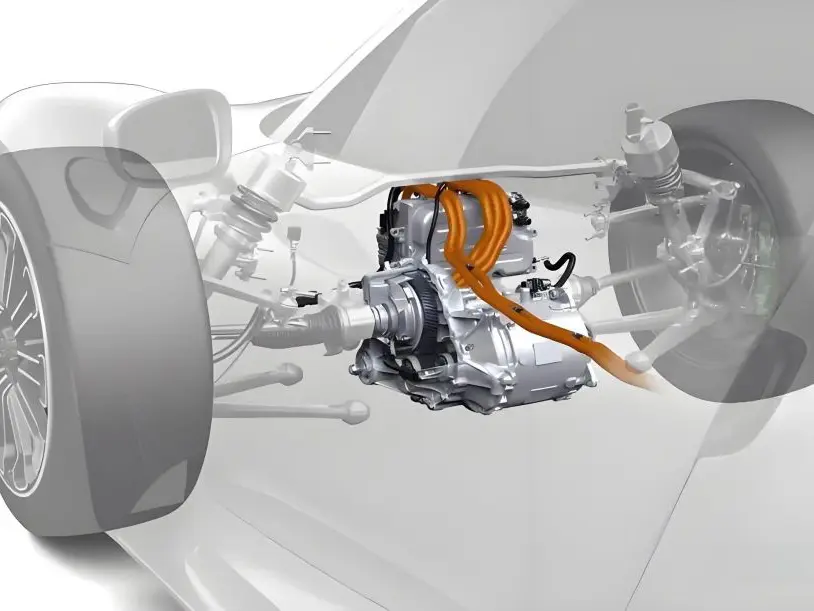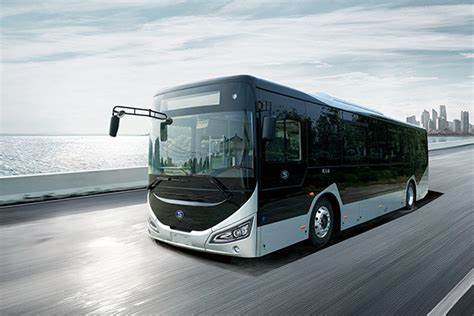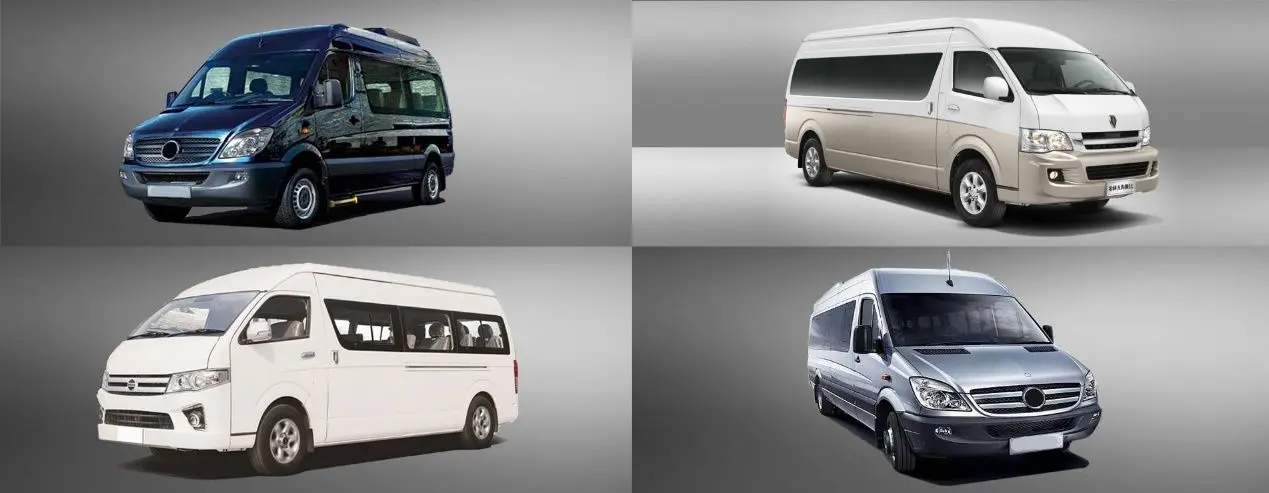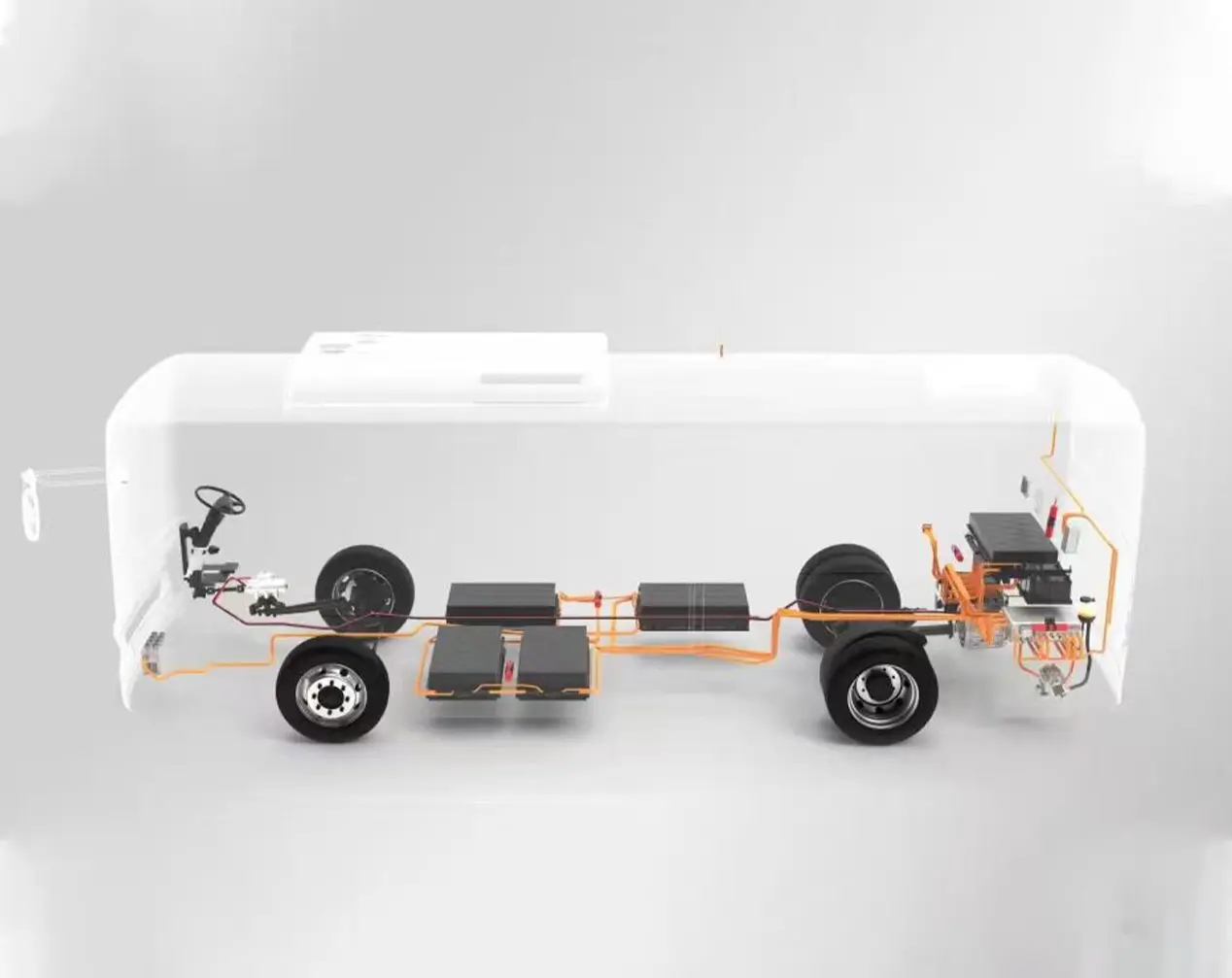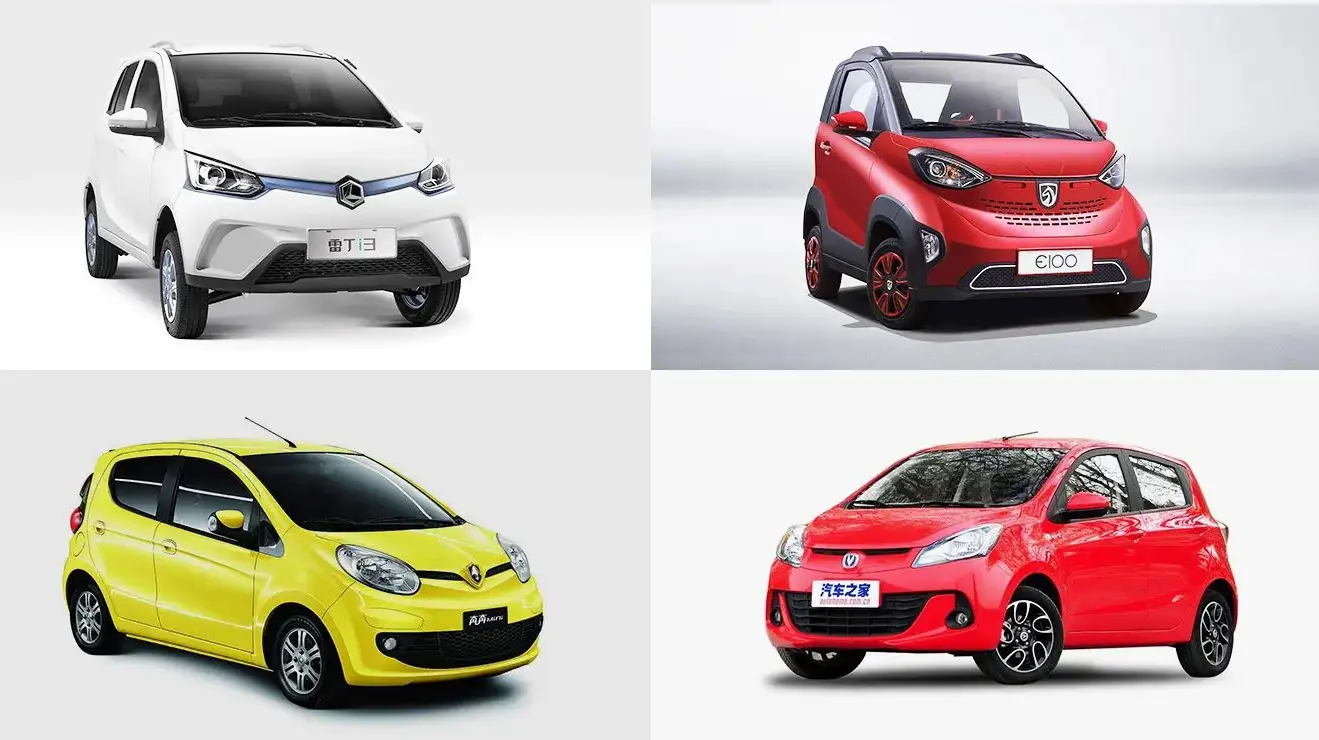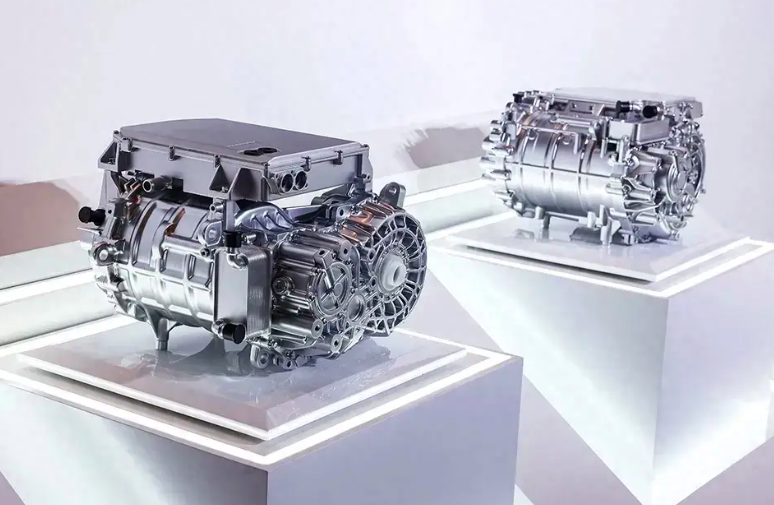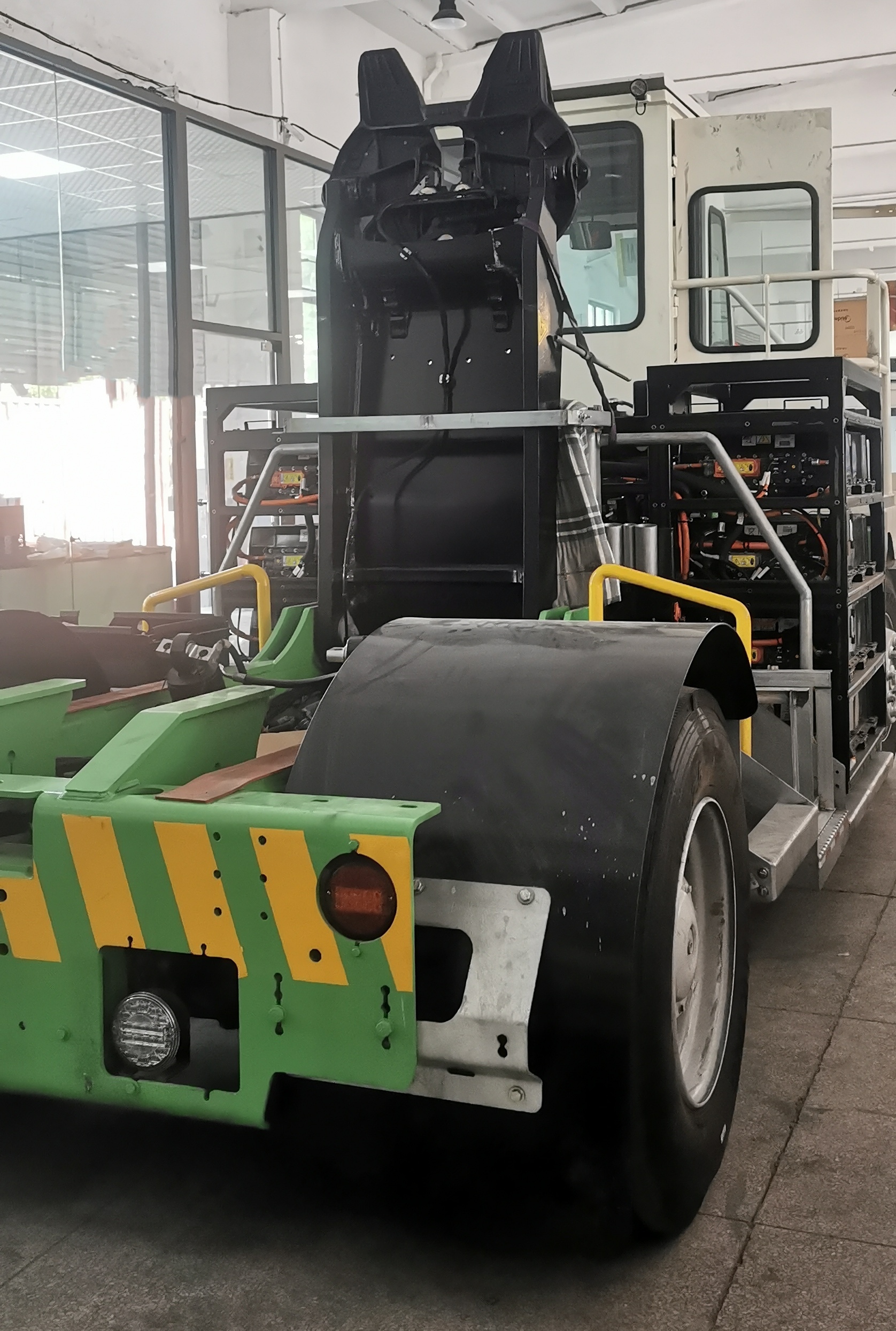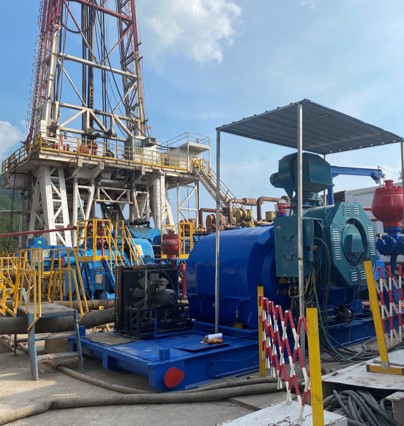Choosing the Right EV Motors and Controllers for Your Electric Vehicle Project
Introduction
The global shift toward electric mobility has sparked a revolution in automotive technology. At the core of this transformation are two critical components—EV motors and controllers. Together, they define the performance, efficiency, and user experience of any electric vehicle (EV), from compact cars and motorcycles to commercial trucks and industrial vehicles.
Whether you’re an EV hobbyist, an engineer working on a prototype, or a startup developing a fleet of electric vehicles, selecting the right electric vehicle motors and controllers is a fundamental step. This guide will walk you through the essential knowledge, options, and considerations involved in making the best choice for your EV project.
Understanding the Basics: What Are EV Motors and Controllers?
EV motors are the heart of an electric vehicle. They convert electrical energy stored in the battery into mechanical energy to propel the vehicle. Common types include brushless DC motors (BLDC), AC induction motors, and permanent magnet synchronous motors (PMSM).
On the other hand, motor controllers act as the brain of the electric drivetrain. These devices regulate how much power is sent to the motor and when, controlling speed, torque, direction, and regenerative braking. Without a motor controller, even the most advanced EV motor is useless.
In short, EV motors and controllers work in tandem: the motor delivers the movement, and the controller orchestrates how that movement happens.

Types of Electric Motors Used in EVs
Different types of electric vehicle motors serve different performance goals. Here's a breakdown of the most commonly used motor types:
a. Brushed DC Motors
Pros: Simple, cost-effective, and easy to control.
Cons: Prone to wear and lower efficiency due to brushes.
Use case: Small, low-cost EVs and learning platforms.
b. Brushless DC Motors (BLDC)
Pros: High efficiency, low maintenance, compact design.
Cons: Slightly more expensive and requires complex controllers.
Use case: Most common in light-duty EVs, e-bikes, scooters, and DIY EV projects.
c. AC Induction Motors
Pros: Rugged, reliable, and used by Tesla in early models.
Cons: Requires complex controller algorithms; less efficient than PMSM.
Use case: Performance EVs and commercial applications.
d. Permanent Magnet Synchronous Motors (PMSM)
Pros: High power density, great efficiency, and precision control.
Cons: Higher cost due to rare-earth magnets.
Use case: High-performance electric vehicles and industrial-grade EVs.
Each of these electric vehicle motors has unique advantages depending on the budget, desired torque curve, and operational conditions.
Types of Motor Controllers
Just as motors vary, so do EV motor controllers. Here's a look at the main types available:
a. DC Motor Controllers
These are straightforward and used with brushed motors. They're less common in modern EVs but still useful in low-cost or educational projects.
b. BLDC Controllers
Designed to control brushless motors using Hall sensors or sensorless algorithms. They typically offer speed control, torque control, and regenerative braking features.
c. AC Controllers
AC induction and PMSM motors require controllers with sophisticated algorithms like field-oriented control (FOC) to optimize torque and efficiency.
d. Programmable Controllers
Many high-end motor controllers can be programmed for specific use cases—allowing fine control over acceleration curves, braking, reverse, and more.
Whether you’re working on a two-wheeled scooter or a four-wheeled car, choosing the right controller for your EV motor is vital for optimal performance and longevity.
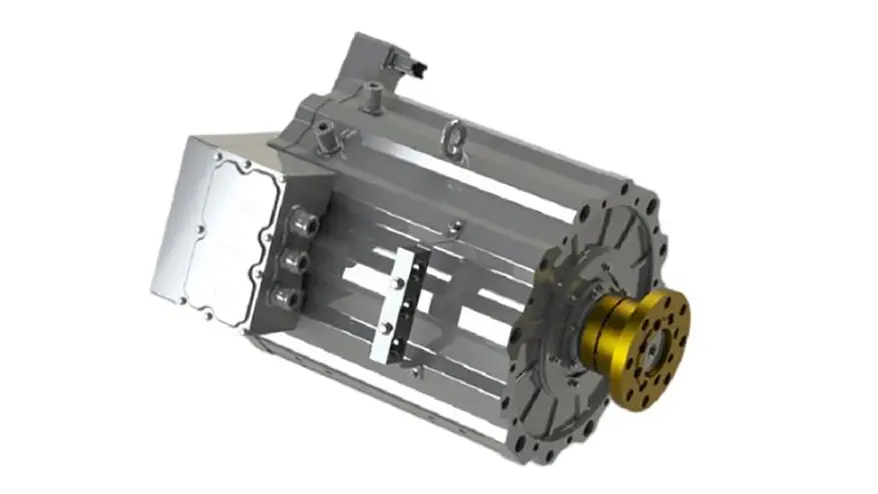
Key Factors to Consider When Choosing an EV Motor
Selecting the right EV motor involves more than just picking a high-power model. Here are critical factors to keep in mind:
a. Power and Torque Requirements
Understand your vehicle's needs. A city EV may prioritize efficiency, while a racing kart needs high torque and acceleration.
b. Voltage and Current Ratings
Match your motor with the battery pack and controller to ensure compatibility and avoid overloading.
c. Cooling and Heat Management
High-power motors generate a lot of heat. Decide whether air-cooled or liquid-cooled options are necessary for your application.
d. Physical Dimensions and Weight
Ensure the motor fits within your vehicle’s chassis and mounting design, especially in retrofits or compact EVs.
e. Efficiency
Look for motors with high efficiency ratings (>90%) to get the most out of your battery and reduce thermal losses.
By evaluating these parameters, you’ll find the electric vehicle motor that perfectly aligns with your performance and design goals.
How to Select the Right Motor Controller
Here are the steps and considerations for choosing the right controller for your EV motors:
a. Match the Controller to the Motor Type
Don’t pair a BLDC motor with an AC induction controller. Always ensure the controller is designed for your motor’s operating principle.
b. Voltage and Current Rating Compatibility
Choose a controller that can handle the voltage of your battery pack and the current draw of your motor, with some headroom for safety.
c. Communication Protocols
Modern motor controllers often interface with the vehicle’s battery management system (BMS) or onboard computer using CANbus or UART. Ensure compatibility with your system architecture.
d. Features and Tuning Options
Look for user-friendly interfaces, programmable settings, and diagnostics support. Advanced features like regenerative braking, torque vectoring, or hill-hold can enhance performance and safety.
e. Safety and Protection
Over-voltage, over-current, short circuit, and temperature protections are must-haves in a high-quality EV motor controller.
Choosing the right controller ensures your electric vehicle motor performs safely and efficiently under all conditions.
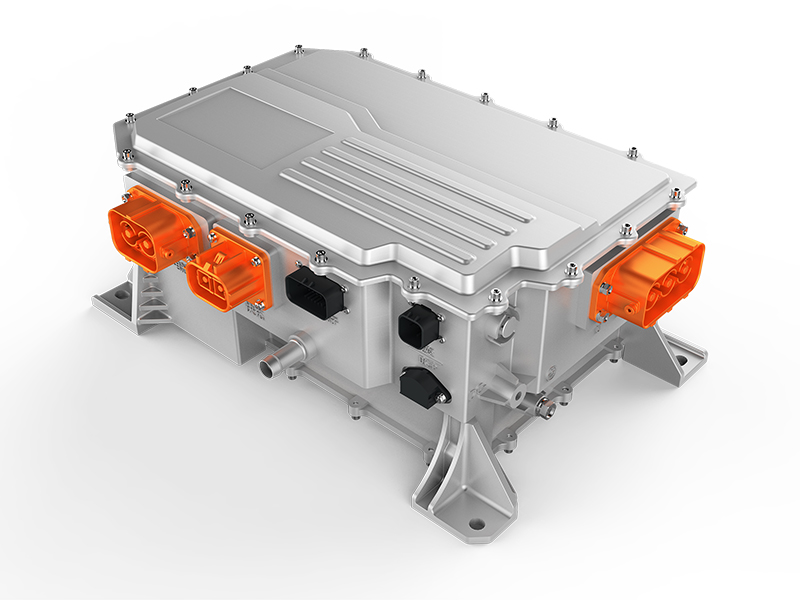
Motor-Controller Compatibility: Why It Matters
Even the most sophisticated EV motor and controller will fail if they are not properly matched.
a. Electrical Matching
The motor and controller must operate within the same voltage and current ranges. A mismatch can lead to performance drops, overheating, or even component failure.
b. Control Algorithms
For high-performance motors like PMSM or AC induction, controller firmware must support advanced control methods like FOC or sensorless commutation.
c. Feedback Mechanisms
Ensure the controller supports the motor’s feedback system—whether Hall sensors, encoders, or back-EMF sensing.
Without solid EV motor and controller compatibility, you'll risk damaging expensive components or experiencing frustrating inefficiencies.
Pumbaa’s EV Motors and Controllers
If you’re seeking a reliable brand for EV motors and controllers, Pumbaa is gaining recognition for quality, innovation, and affordability.
a. Characteristics of Pumbaa’s EV Motors
1.Flat Wire Winding Technology
The motor utilizes flat wire windings instead of traditional round wire, achieving a higher slot fill factor. This results in shorter winding ends, increased power density, and improved thermal dissipation.
2.Advanced High-Voltage Insulation Design
Equipped with cutting-edge insulating materials and processes, the motor is engineered to withstand the high switching frequencies of SiC-based controllers, supporting the demands of high-speed motor applications.
3.High-Speed, Heavy-Duty Insulated Bearings
The motor incorporates insulated bearings designed for speeds up to 24,000 RPM, effectively minimizing the risk of electrical erosion and meeting the rigorous demands of high-speed operation.
4.High-Efficiency Oil-Cooled Structure
Featuring a compact, high-speed oil-cooled design, the motor maintains rated power even with reduced size. This approach enhances overall efficiency and extends system longevity.
5.Superior NVH (Noise, Vibration, Harshness) Characteristics
The rotor design employs a segmented skewed-pole configuration, significantly enhancing the motor system’s NVH performance for a quieter and smoother operation.
b. Technical Features of Pumbaa’s Motor Controllers
1.Advanced SVPWM Modulation Algorithm
Utilizes Space Vector Pulse Width Modulation (SVPWM) to enhance the energy efficiency of the powertrain system.
2.High-Efficiency CAN Communication
Equipped with a robust CAN communication module to ensure stable and reliable system control and data exchange.
3.Integrated Liquid Cooling and Environmental Protection
Features an advanced liquid temperature management system along with superior waterproof and moisture-resistant properties, significantly extending the lifespan of both the controller and the vehicle.
4.Torque Vector Control with Energy Regeneration
Implements torque vector control technology to enable efficient energy recovery and reuse during vehicle deceleration.
5.Comprehensive Protection Mechanisms
Incorporates a full suite of protection features, including overvoltage, overcurrent, overtemperature, and short-circuit protection, ensuring the safe operation of the vehicle.
6.Platform-Based Architecture with High Localization Rate
Designed as a scalable platform to meet the diverse requirements of various vehicle types, with a localization rate exceeding 90%, supporting domestic supply chain development.
7.Lightweight, High Power Density Design
Engineered for minimal weight and high power output, contributing to improved vehicle efficiency and extended driving range.
8.Compact and Space-Efficient Structure
Compact dimensions allow for flexible installation, optimizing vehicle layout and saving valuable packaging space.
9.Modular and Customizable Design
Adopts a modular architecture that supports customizable packaging solutions tailored to specific customer requirements.
Whether you’re building an electric scooter or a four-wheel commercial vehicle, Pumbaa’s electric vehicle motors and controllers offer scalable solutions with proven reliability.
Installation and Tuning Tips
Correct installation and tuning ensure the longevity and efficiency of your EV motors and controllers.
a. Mounting and Wiring
Use proper mounting brackets to minimize vibration.
Follow the manufacturer’s wiring diagram carefully.
Use shielded cables to reduce EMI (electromagnetic interference).
b. Software Configuration
Set appropriate current and voltage limits.
Tune acceleration and regenerative braking settings to your driving style.
Save configuration profiles for different use cases (e.g., city vs. hill climb).
c. Cooling and Ventilation
Ensure there’s adequate airflow for air-cooled motors.
For liquid-cooled setups, monitor coolant temperature and flow.
d. Testing and Diagnostics
Test all systems under load conditions before full deployment.
Use diagnostic tools to track RPM, temperature, and error logs.
A well-tuned EV system can feel as responsive and refined as any modern electric vehicle on the road today.
Conclusion
Building or upgrading an electric vehicle requires a deep understanding of its drivetrain components. The right combination of EV motors and controllers will define how your vehicle performs, how efficient it is, and how enjoyable it is to drive.
From selecting motor types to fine-tuning your controller settings, each step has a critical impact. With a variety of electric vehicle motors and controllers on the market—such as those from Pumbaa—you have the tools to bring your vision to life, whether it's a high-performance car, a daily commuter, or an innovative green transport solution.
Ultimately, success in your EV project comes from balancing power, efficiency, reliability, and control—and it all starts with choosing the right EV motors and controllers.









